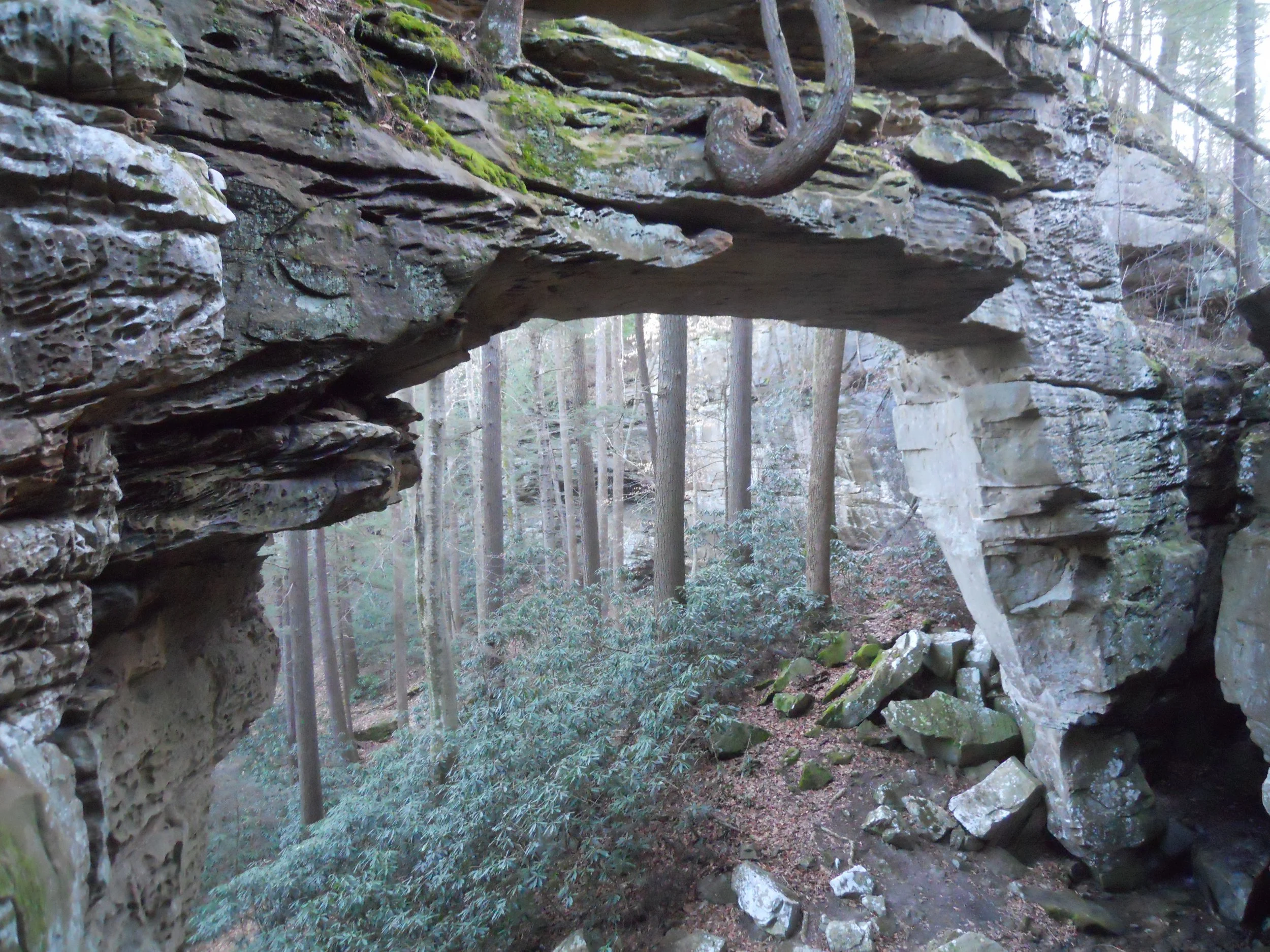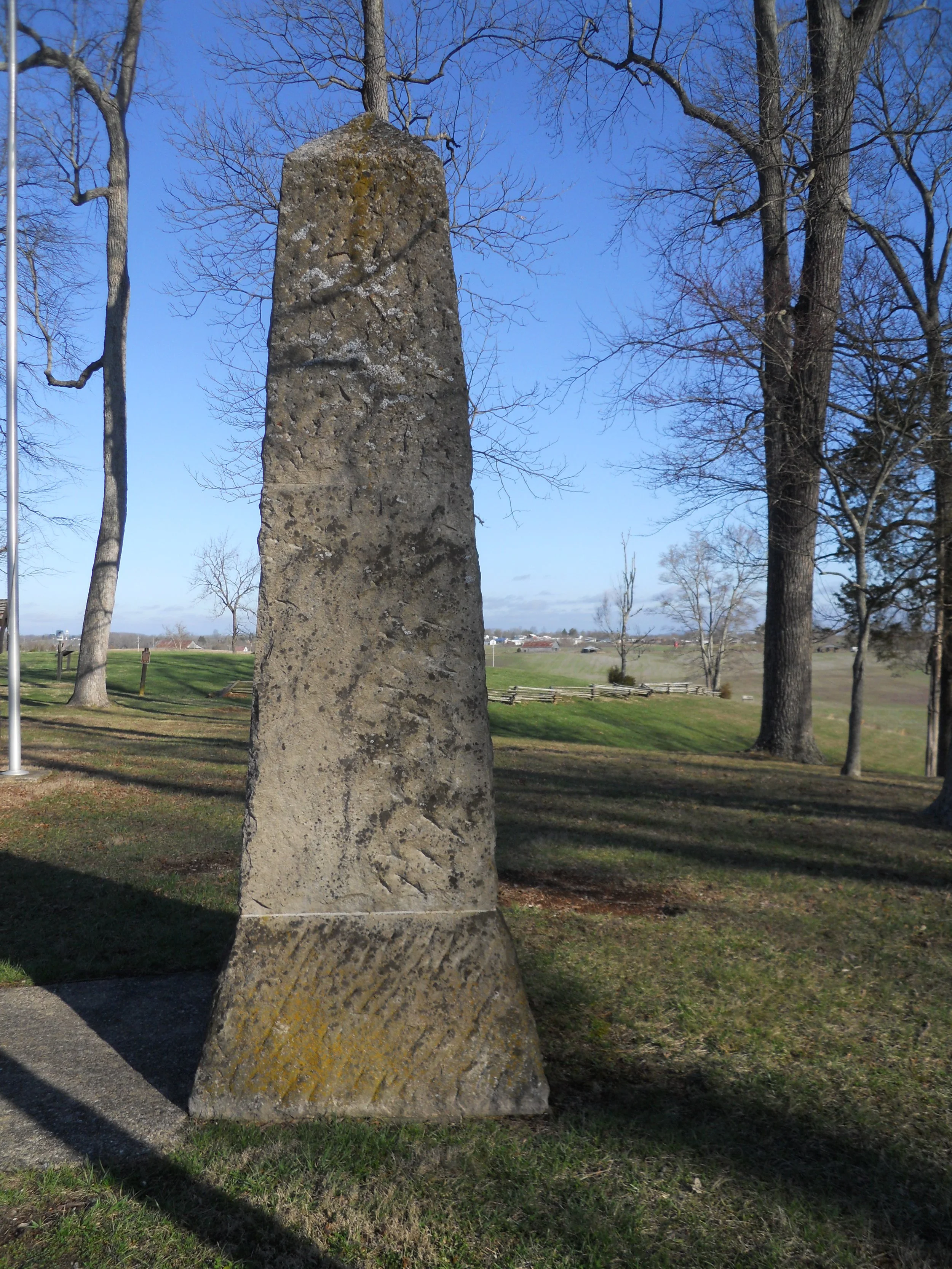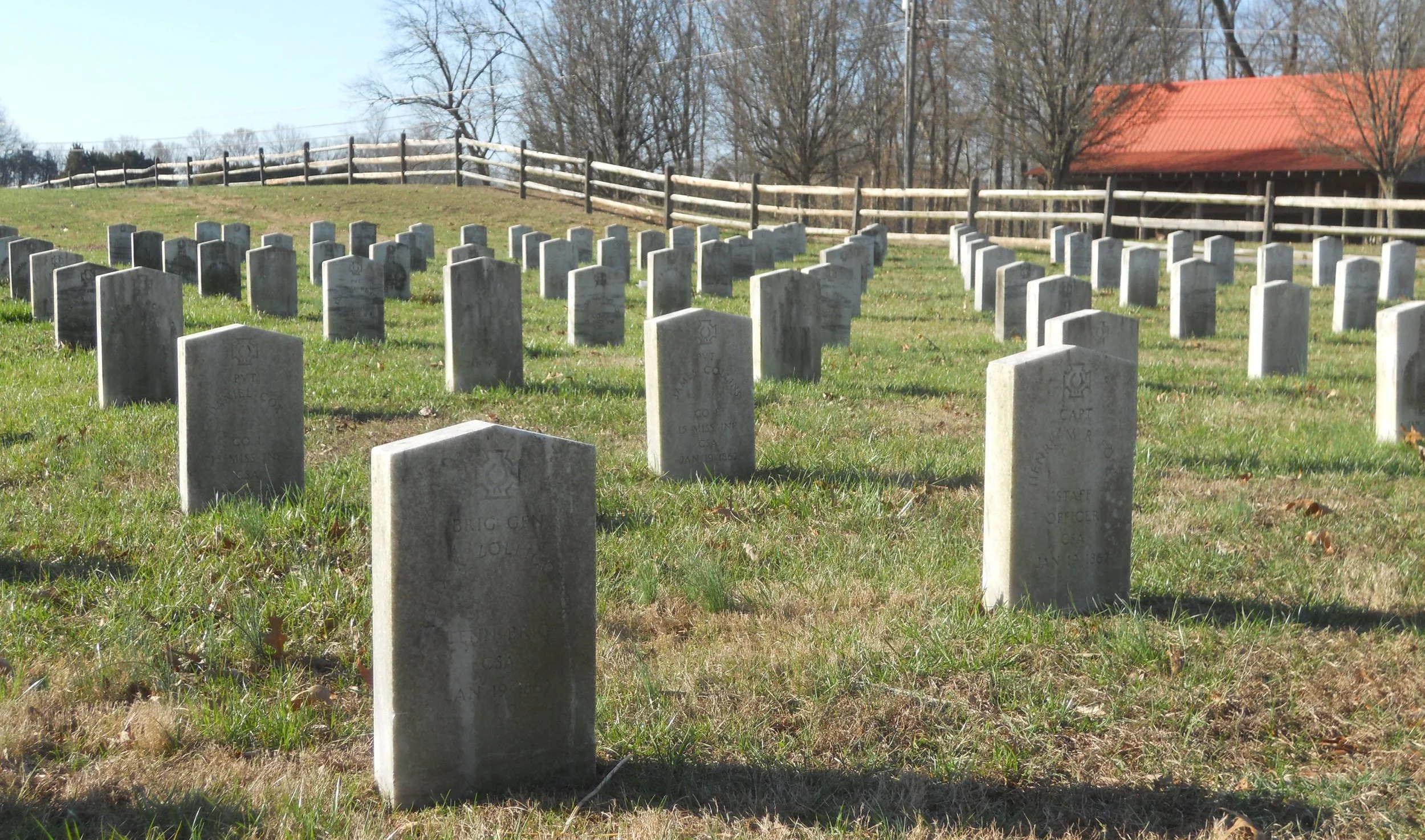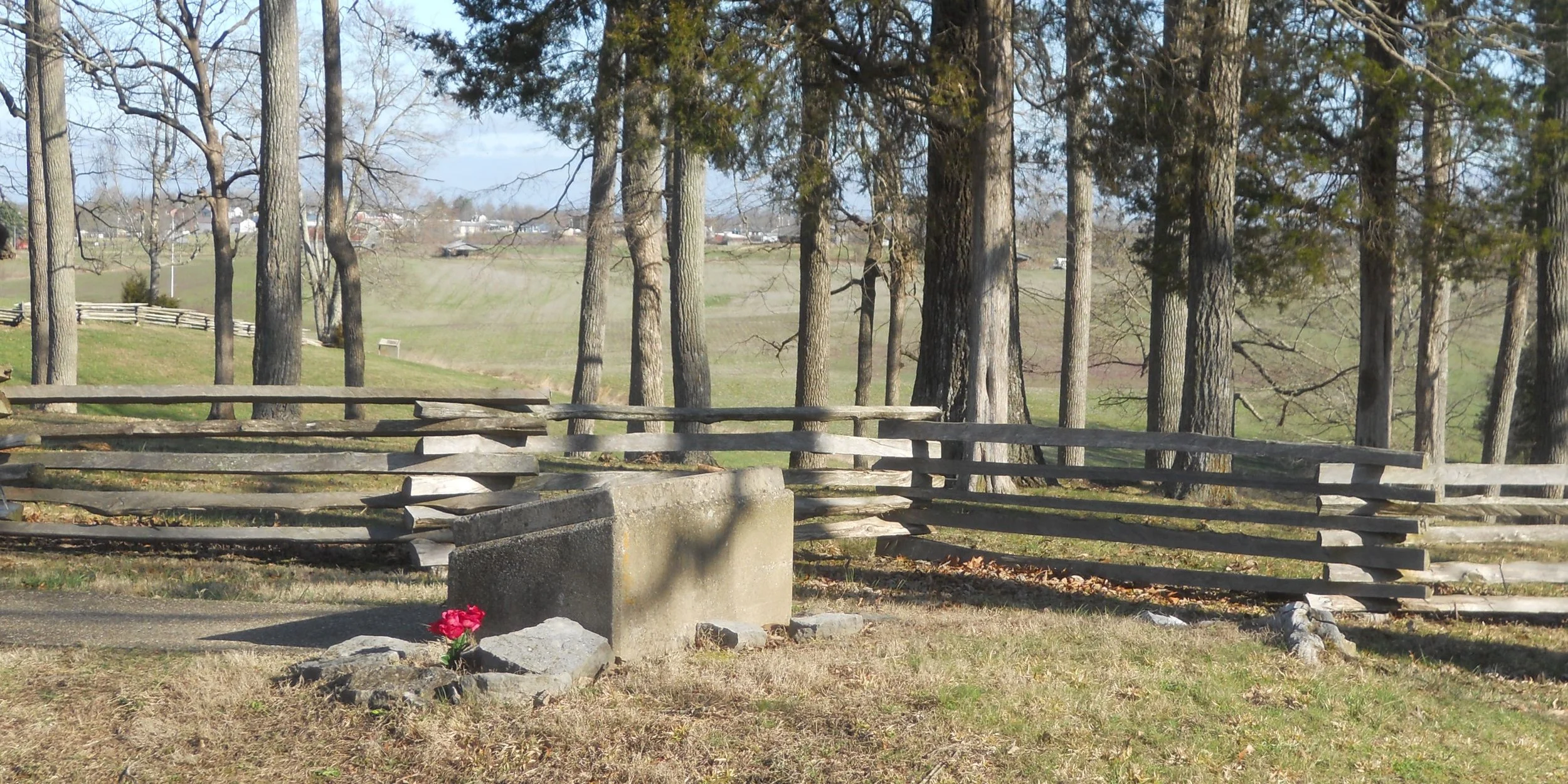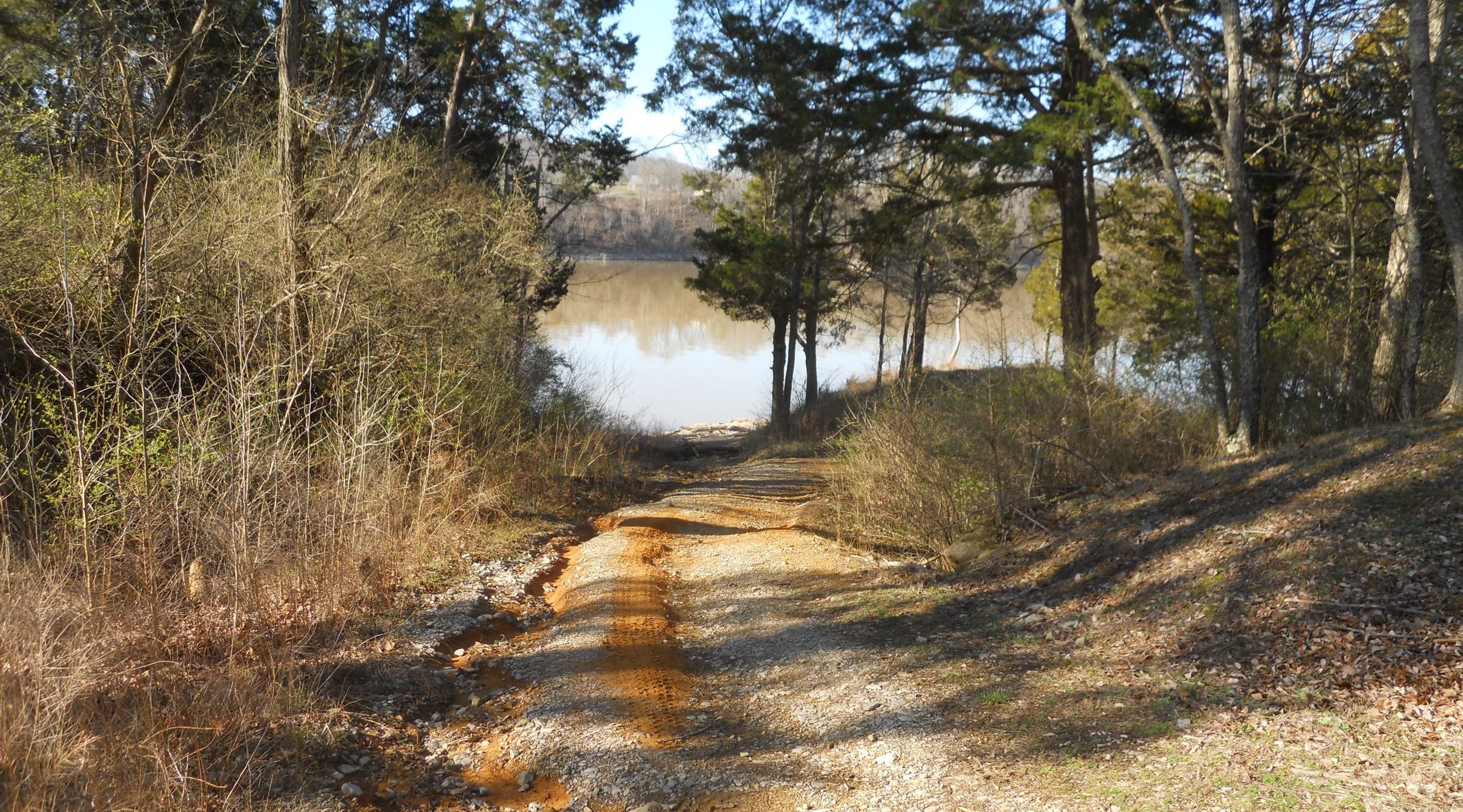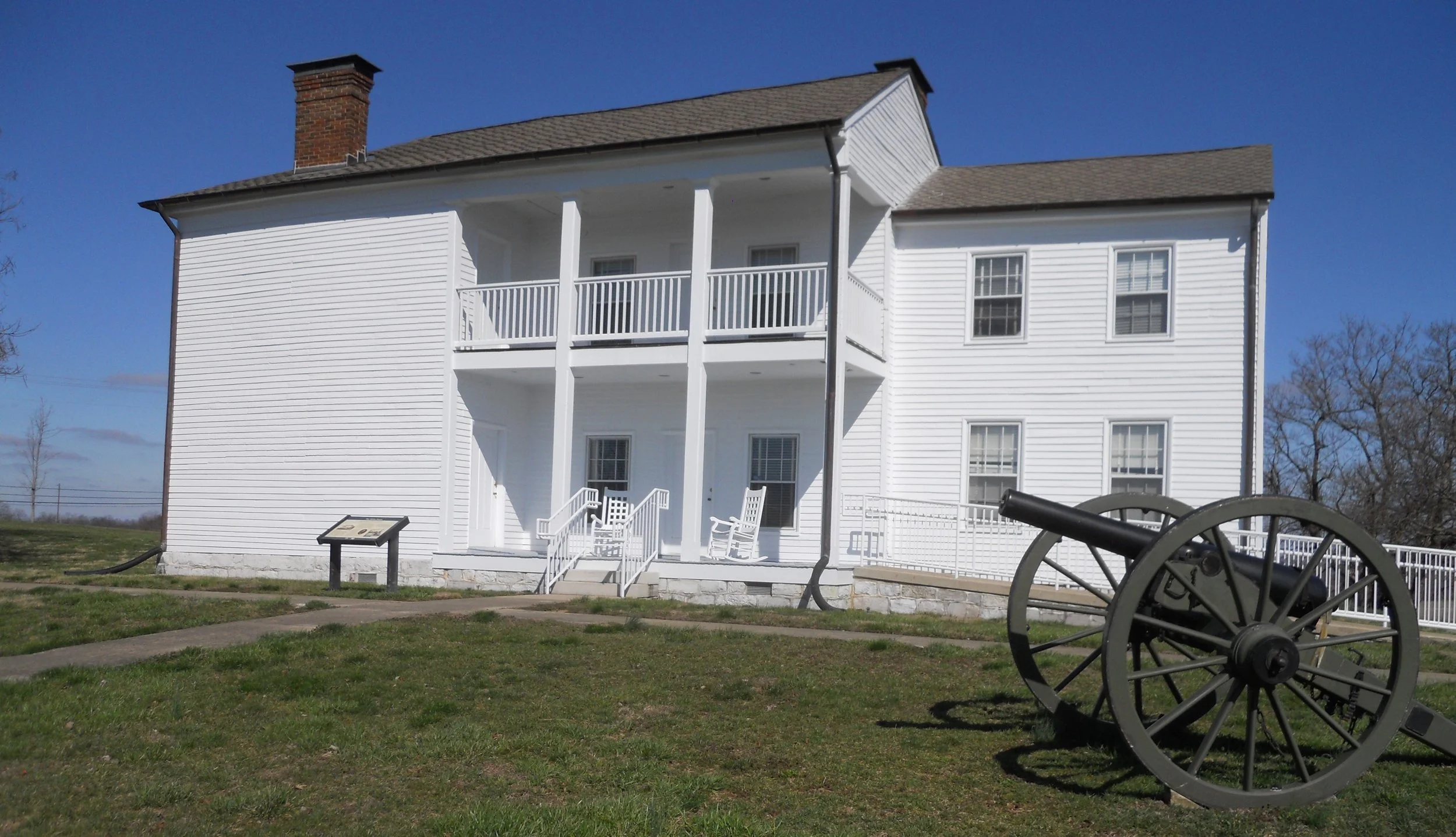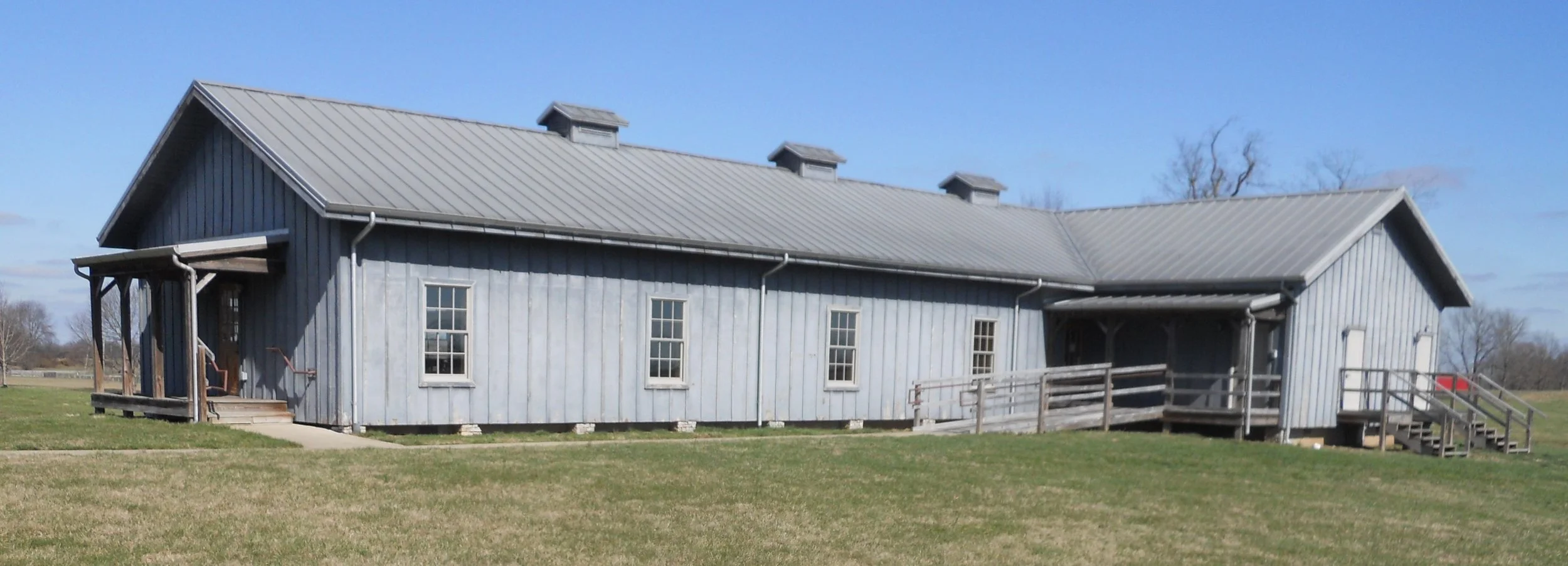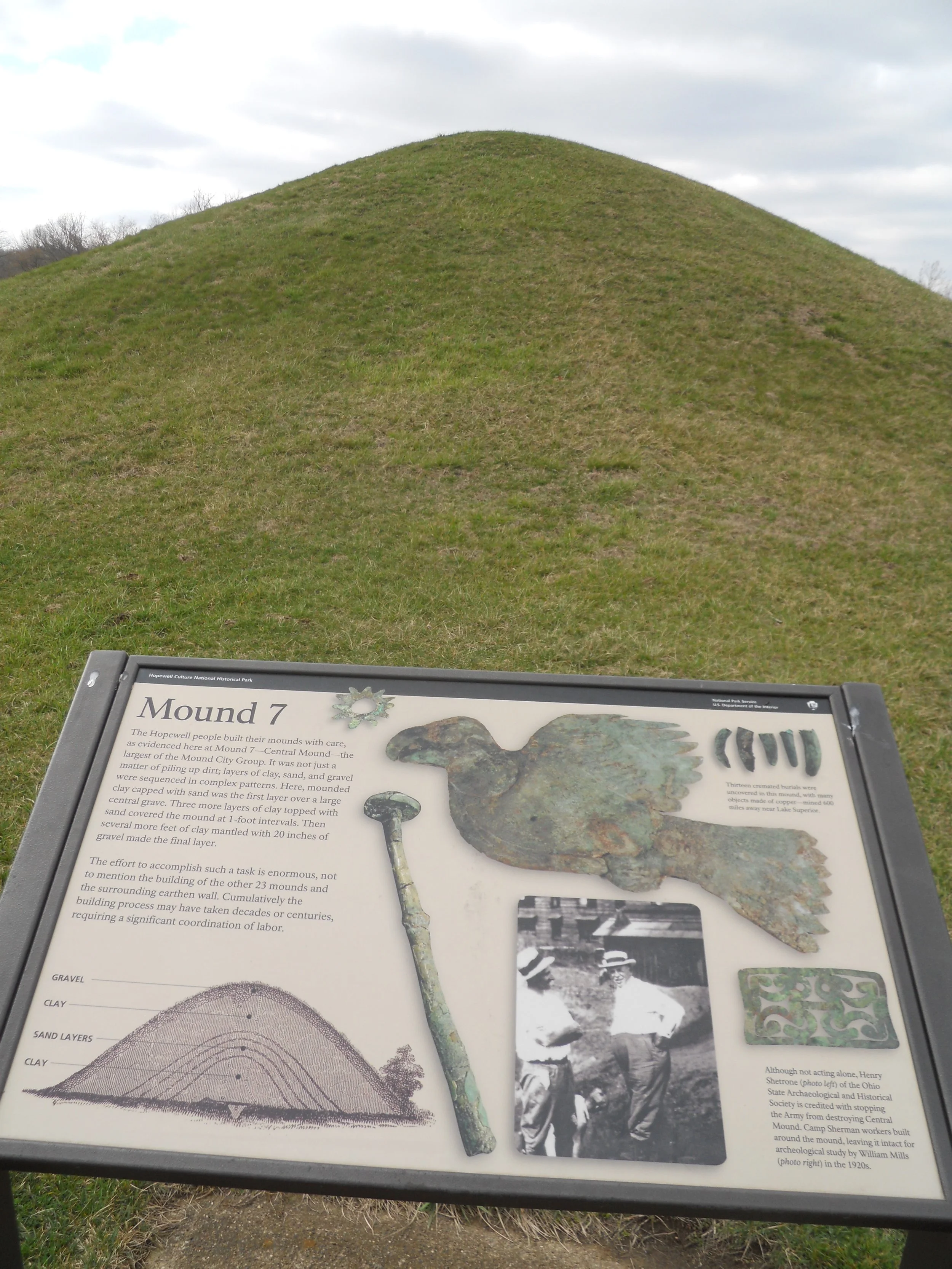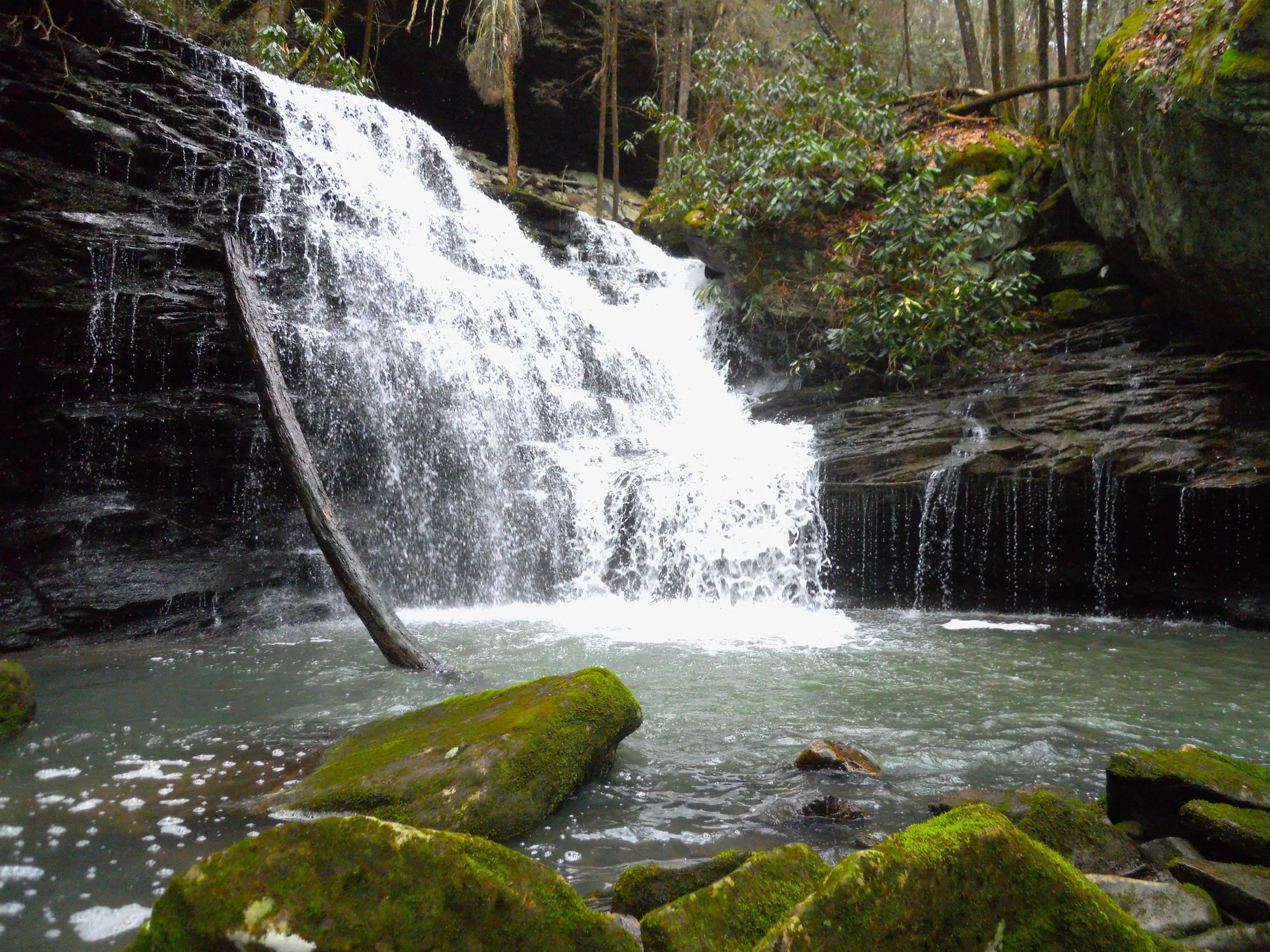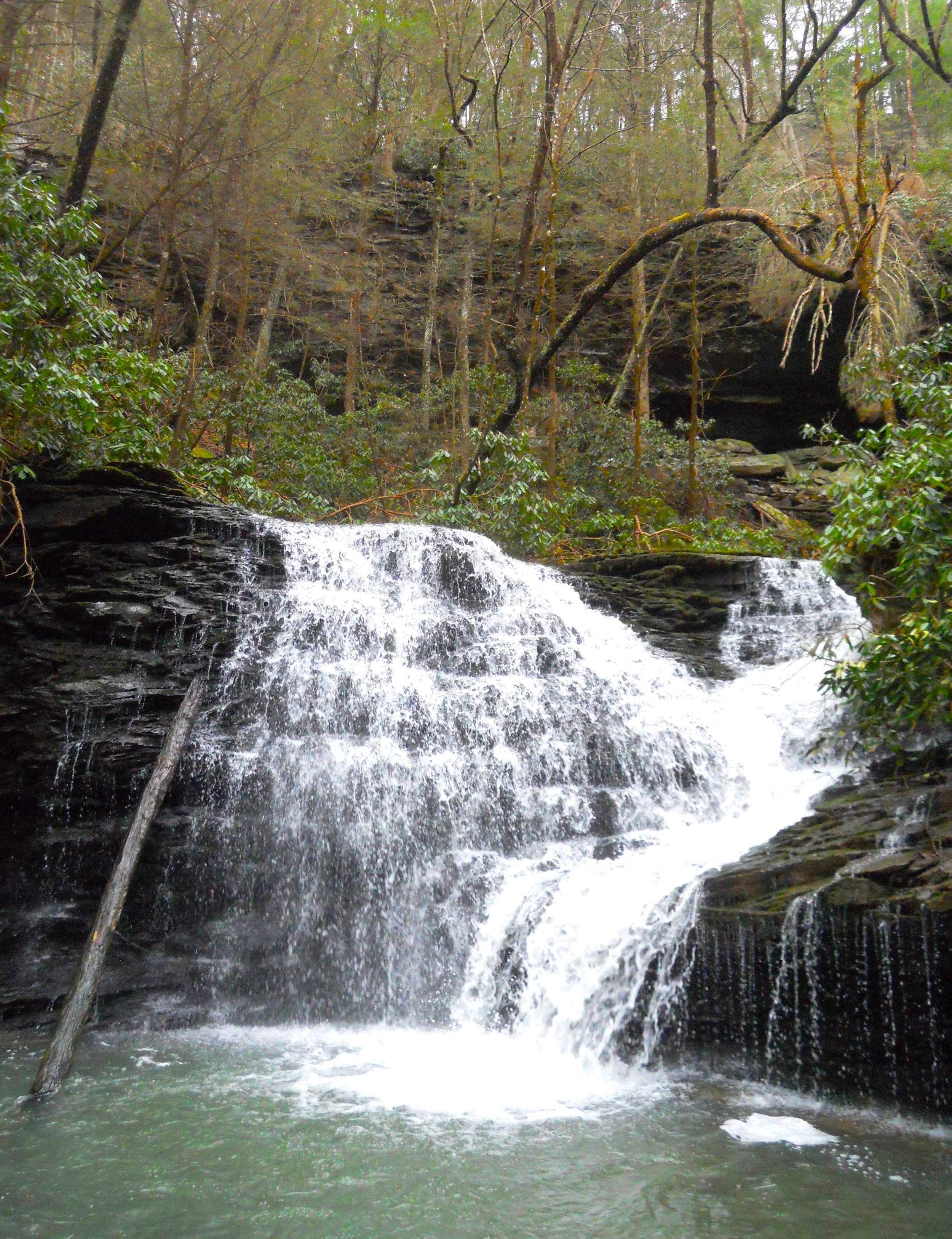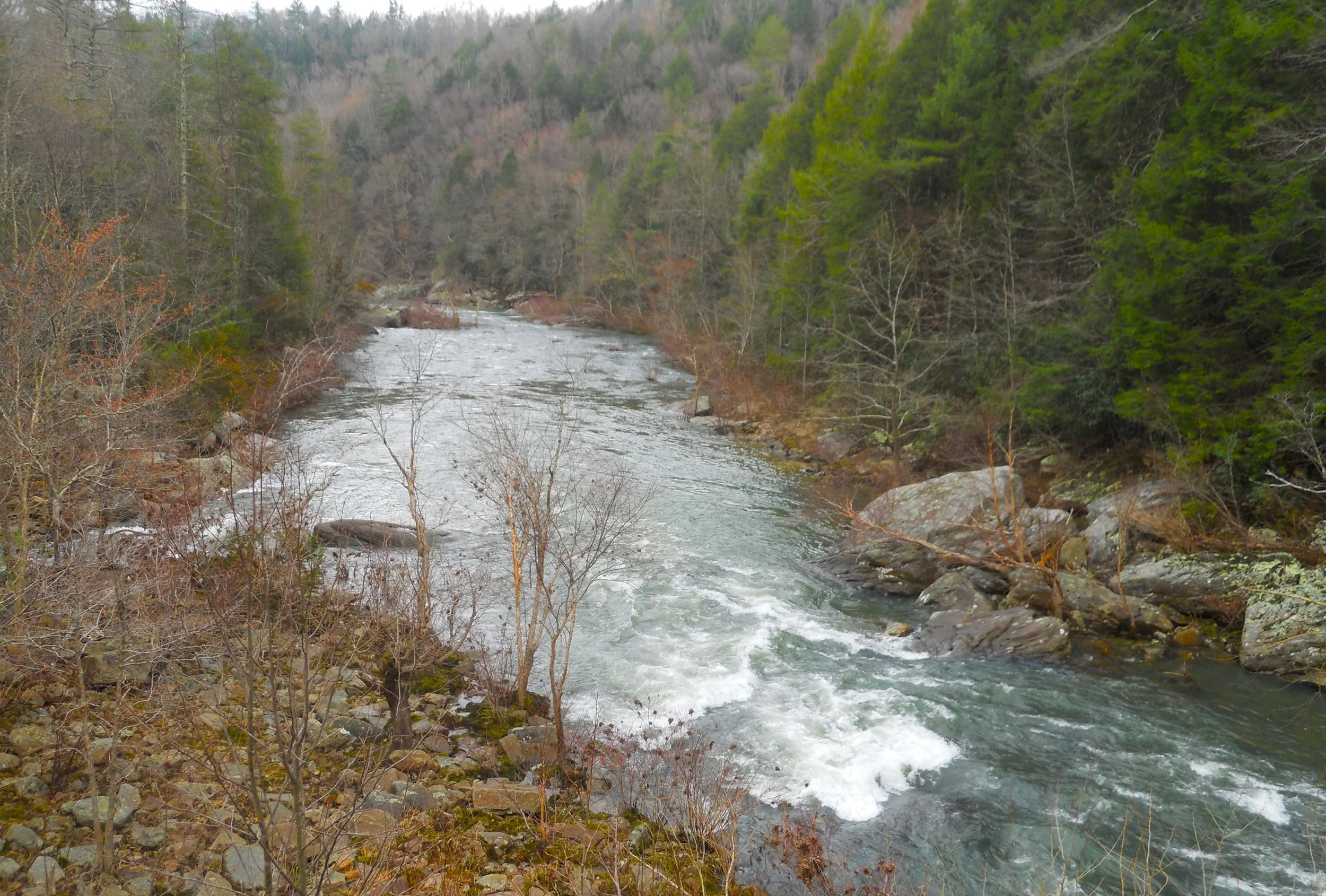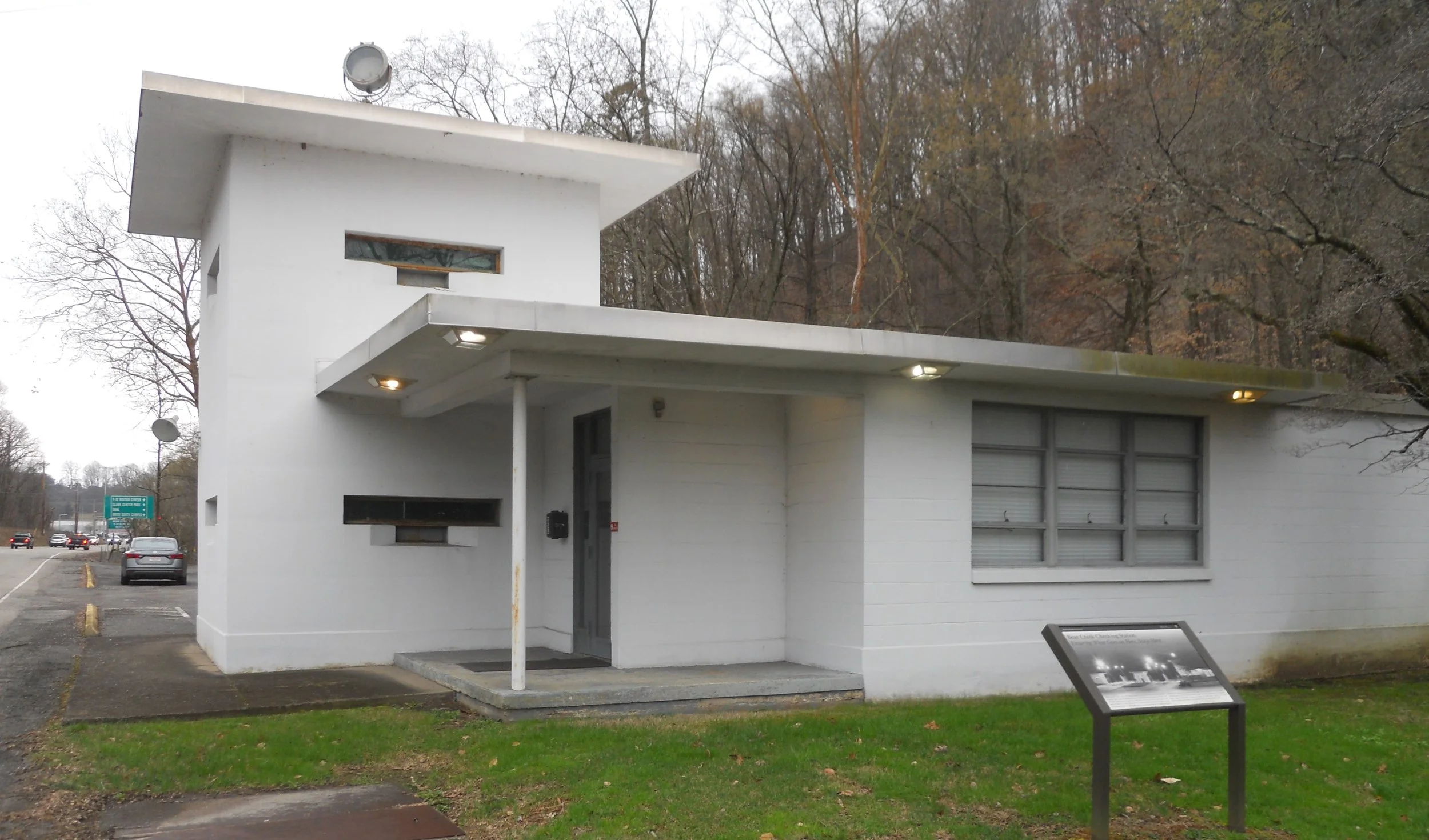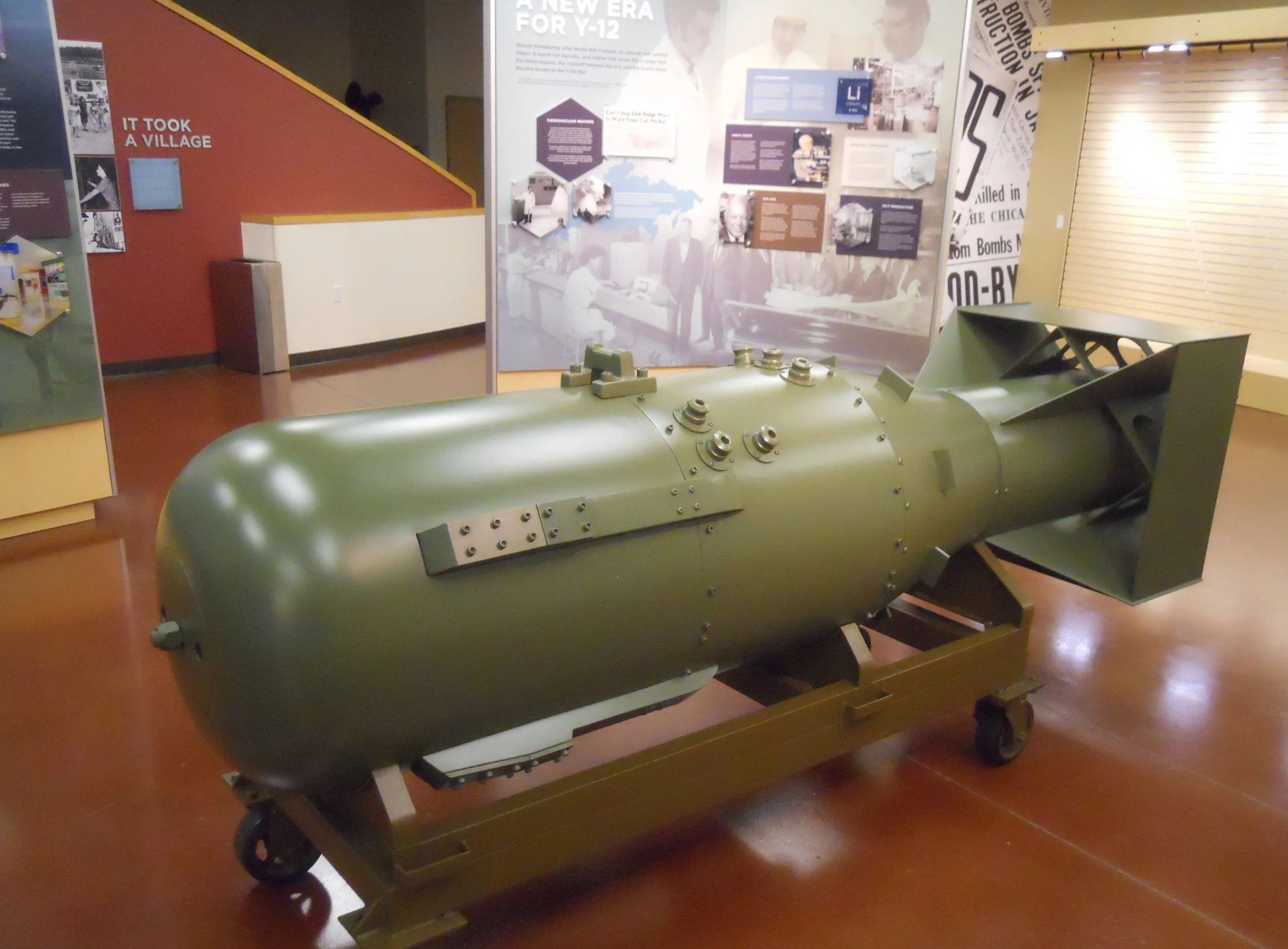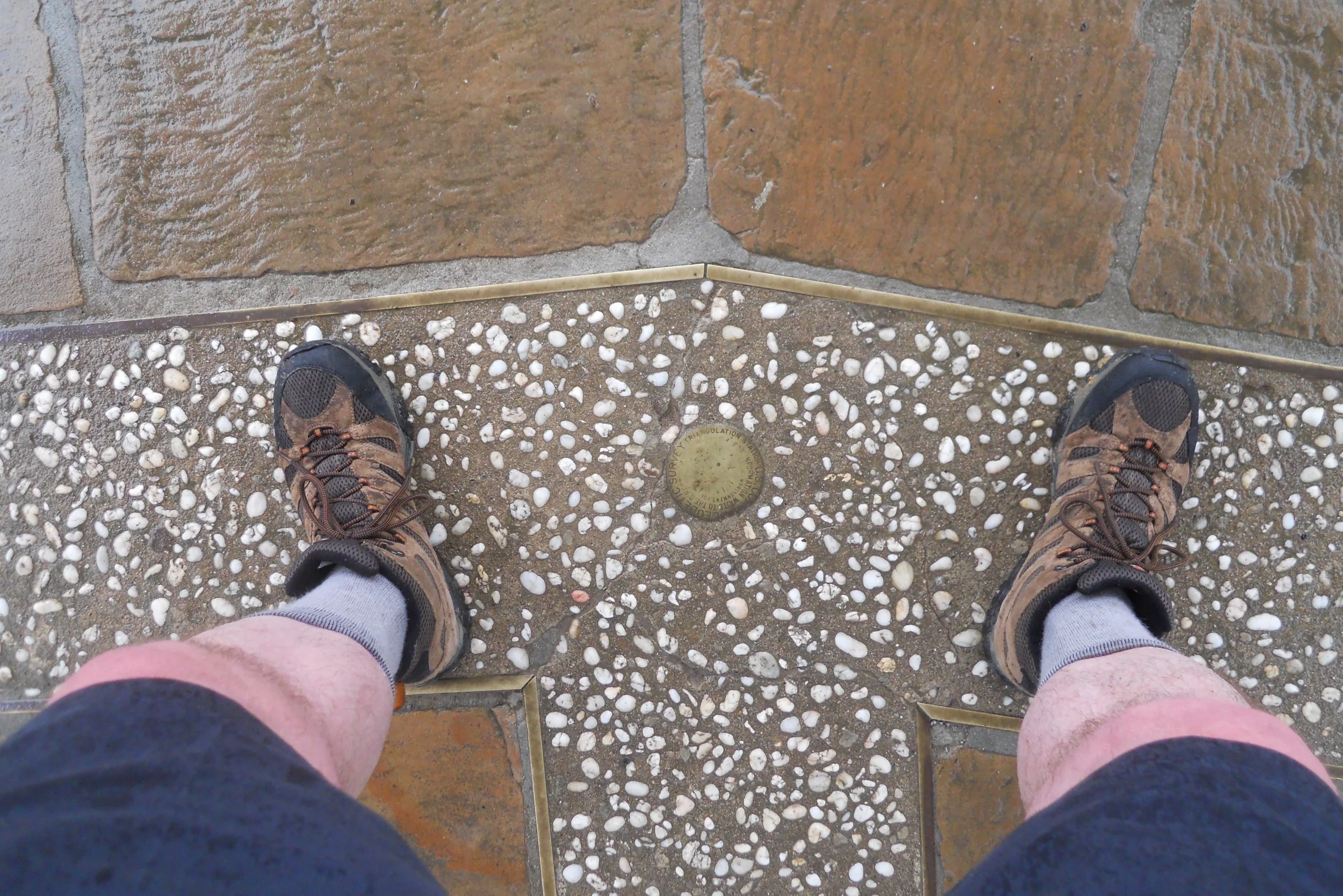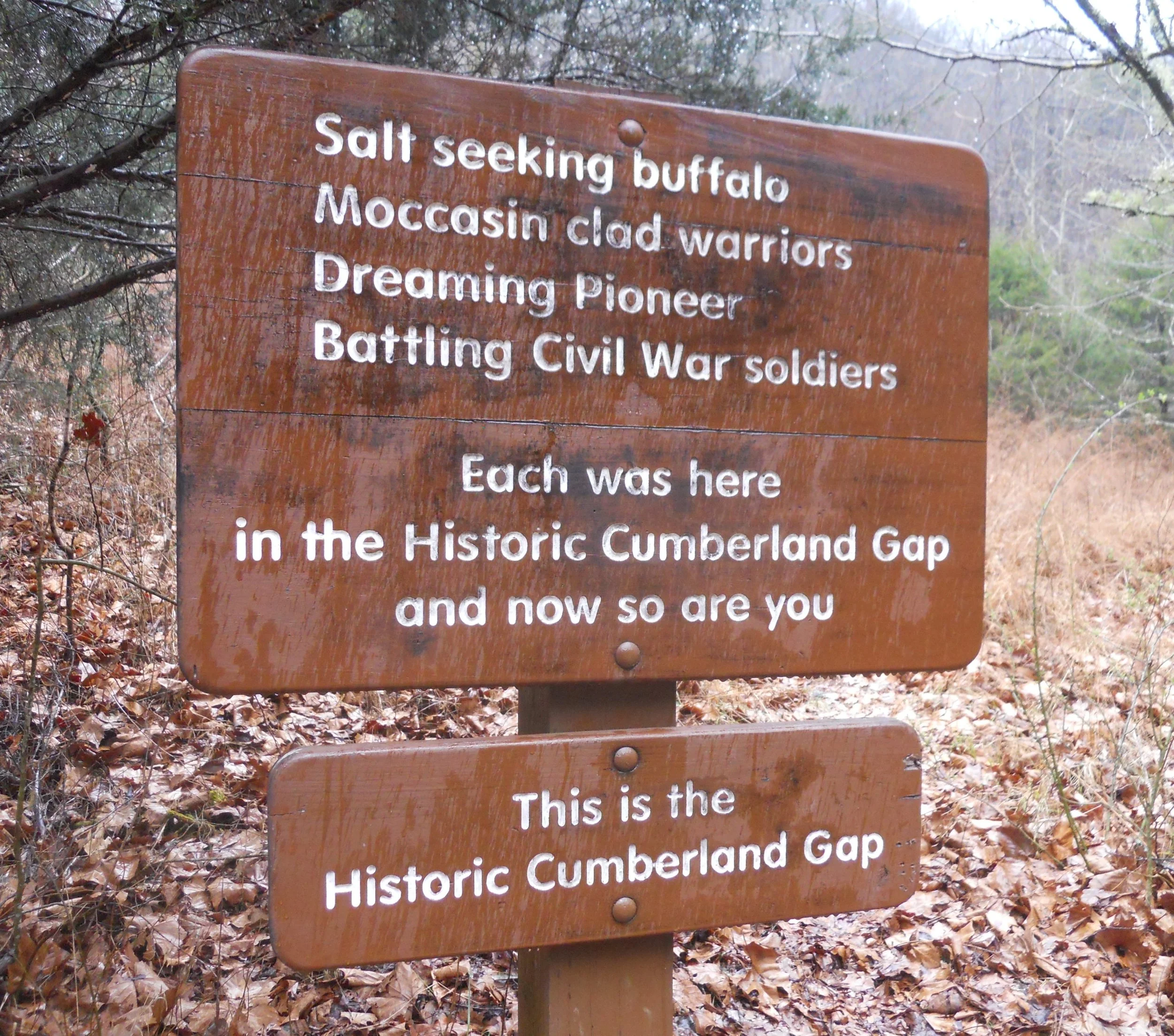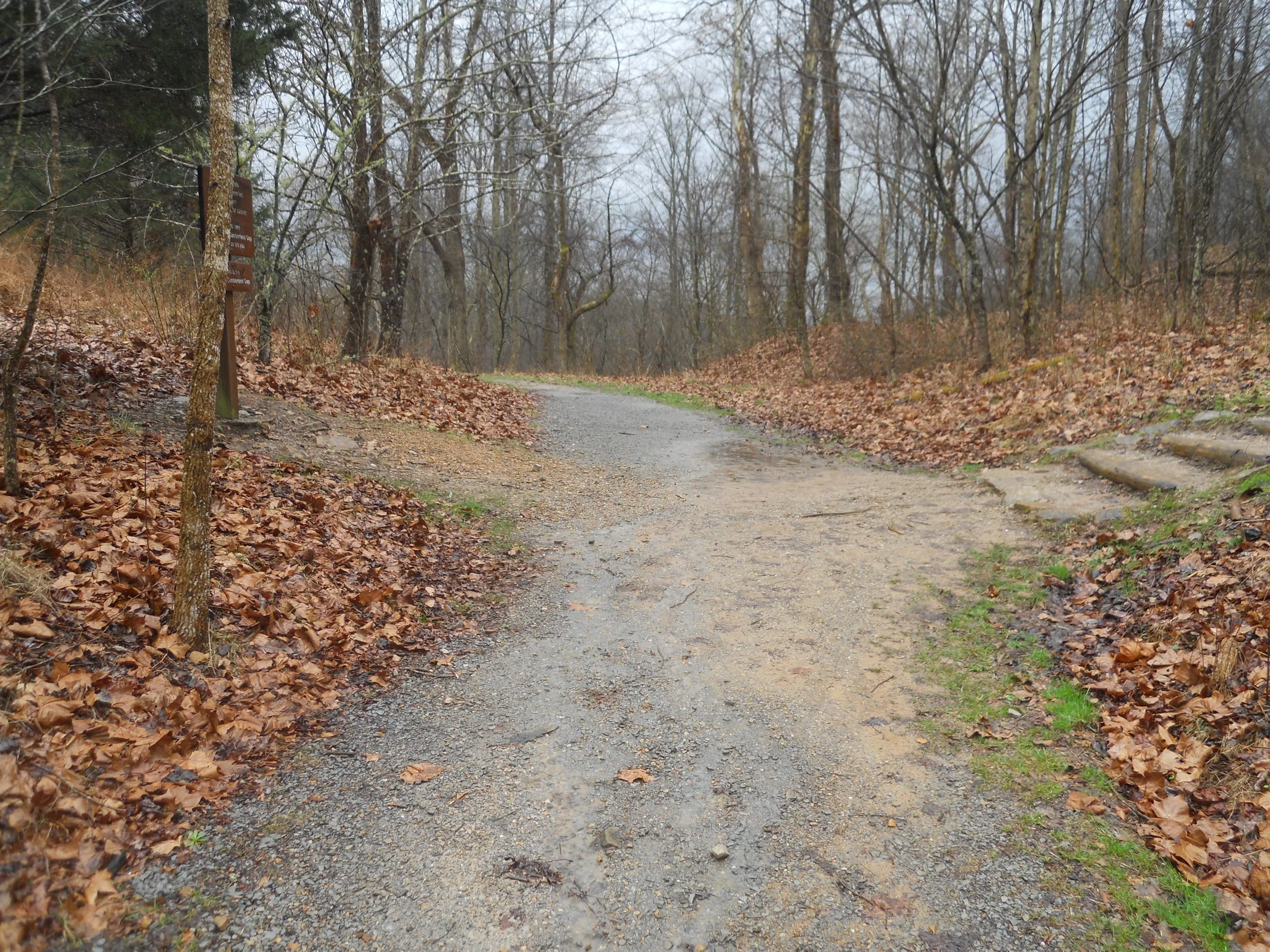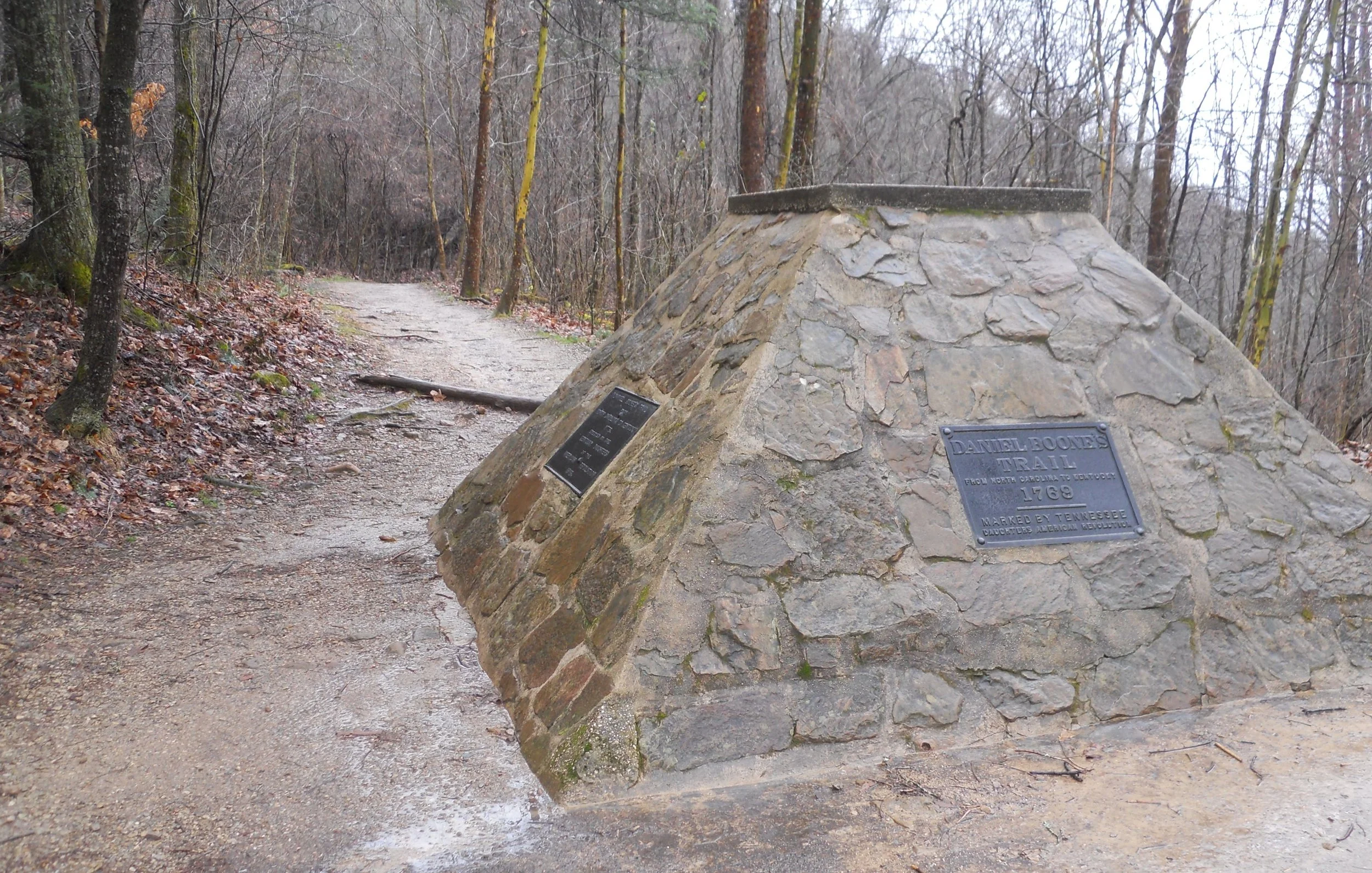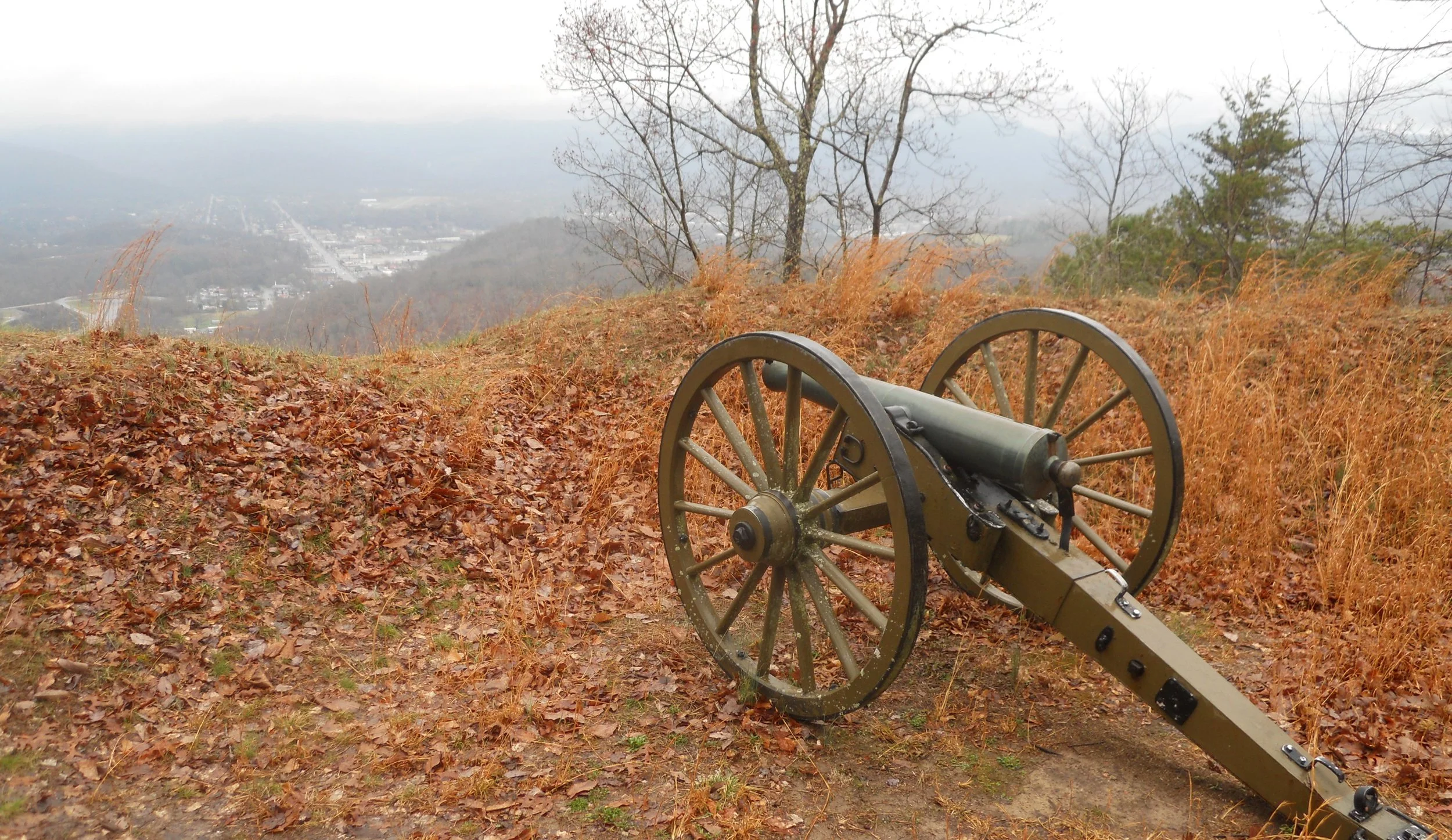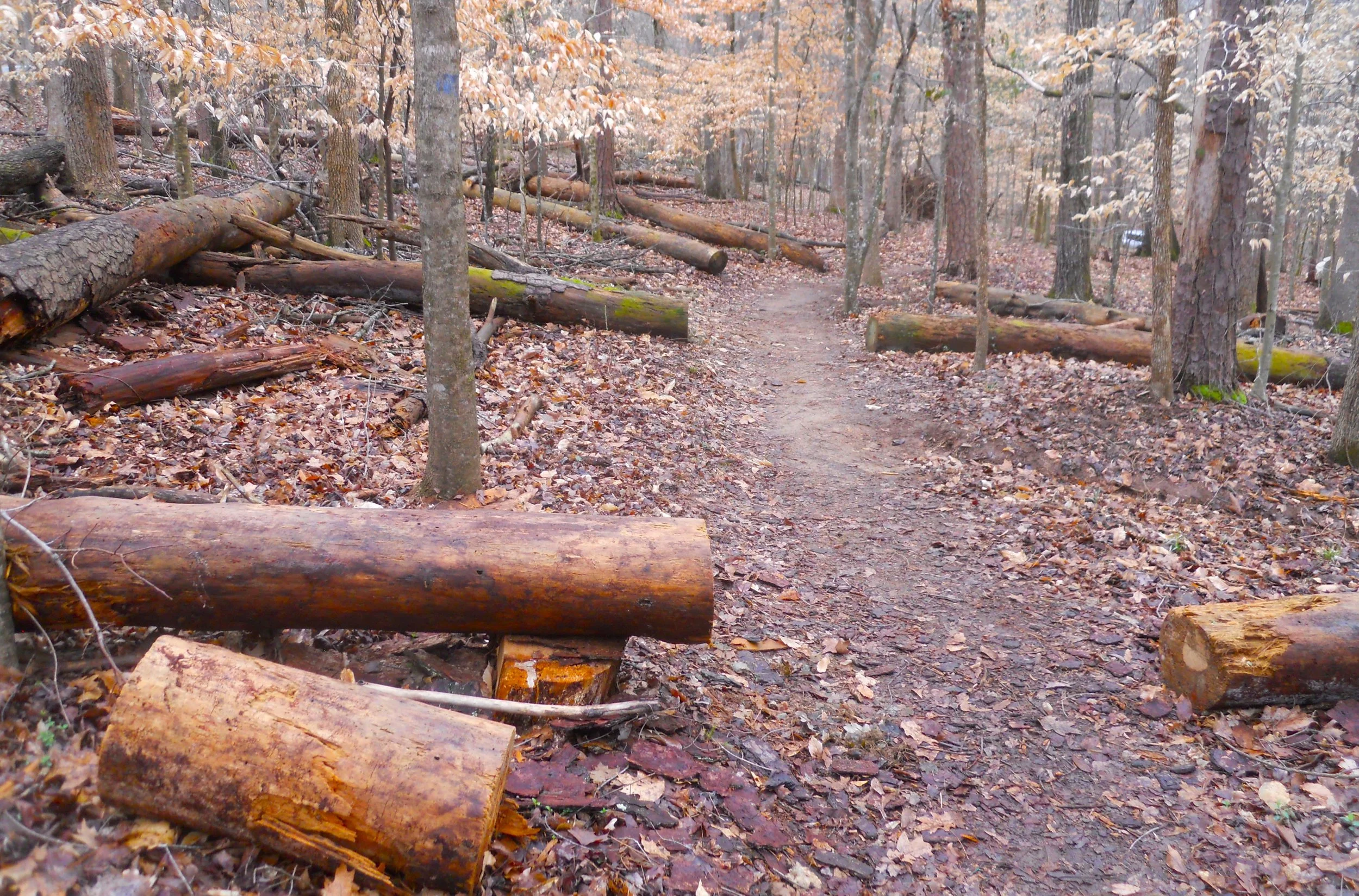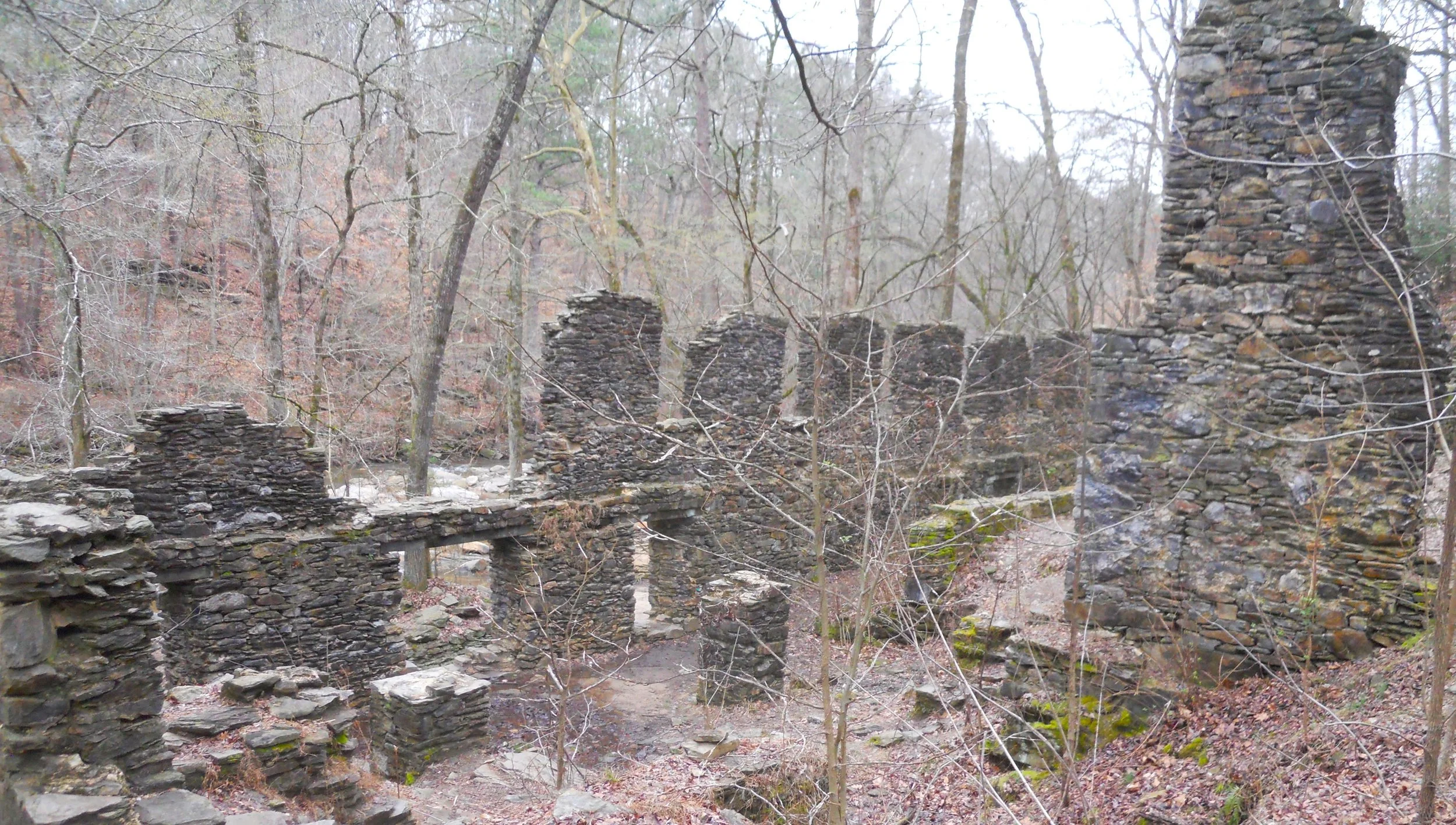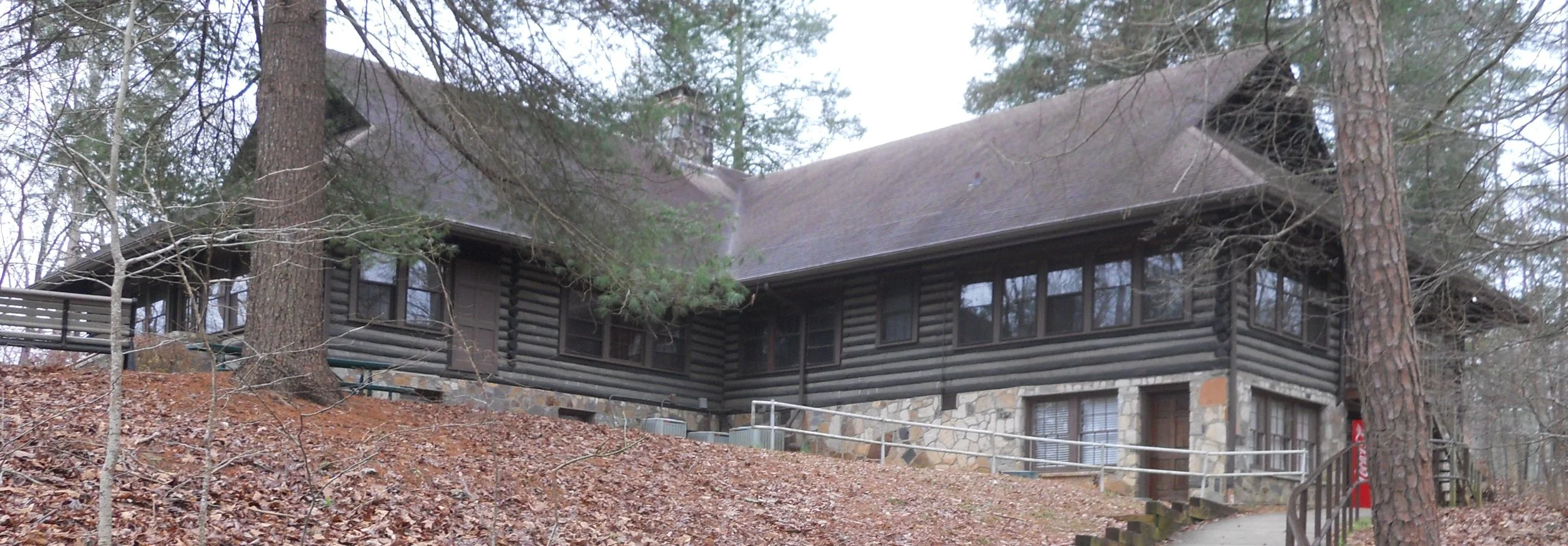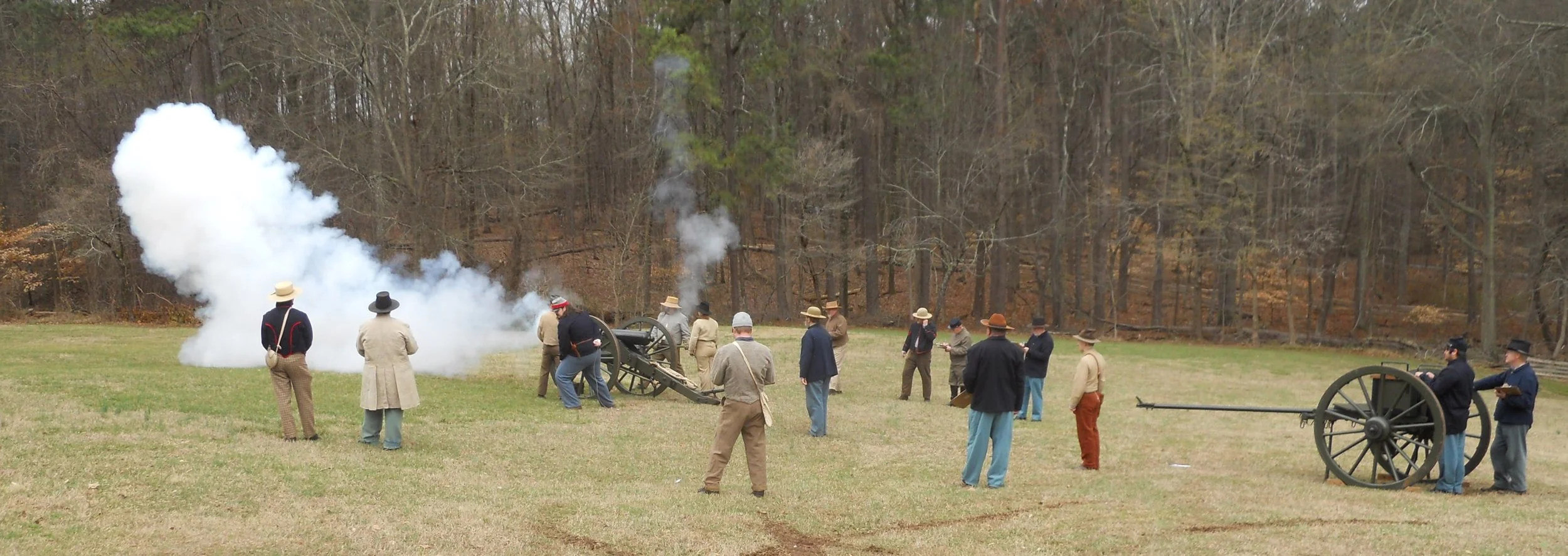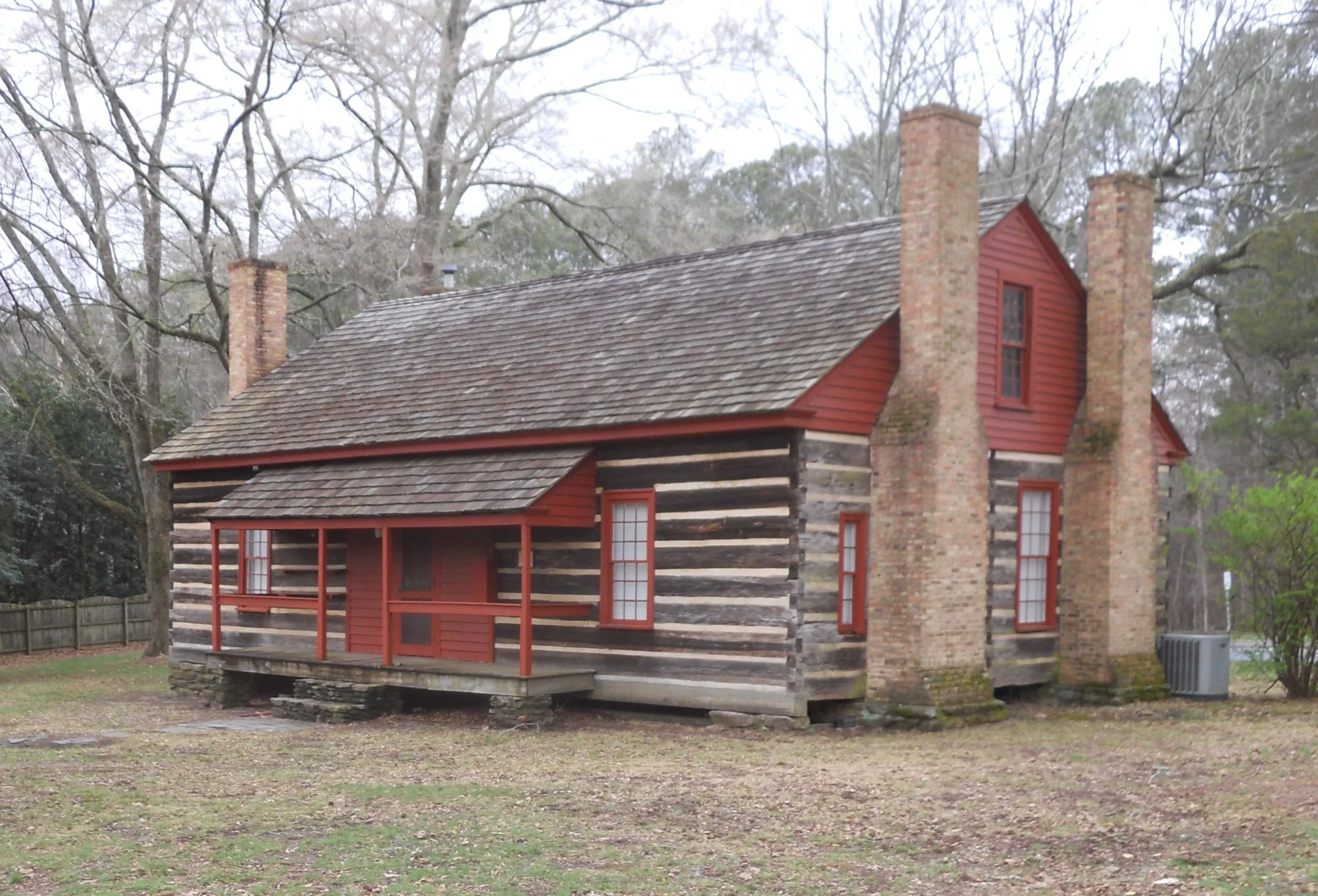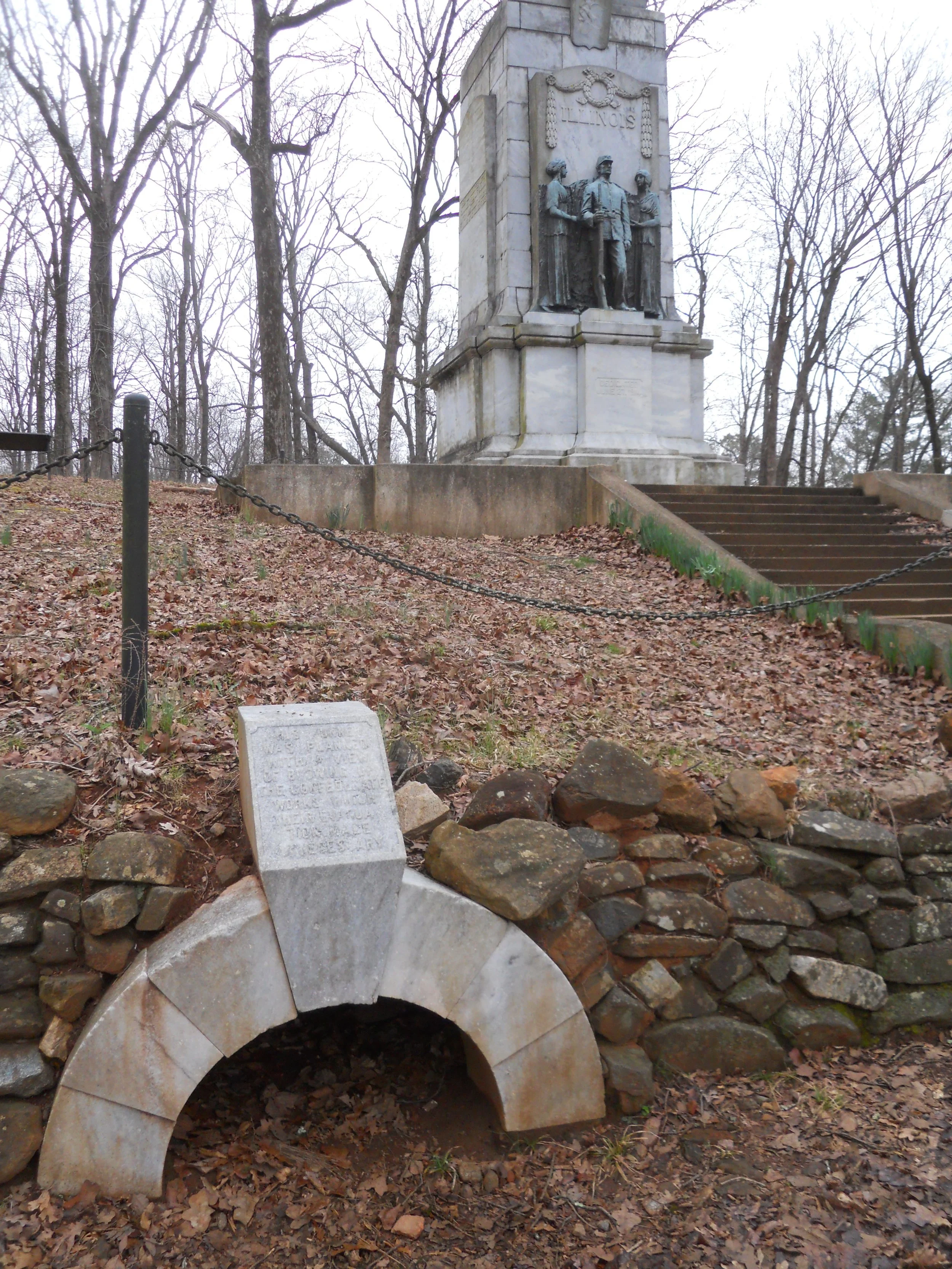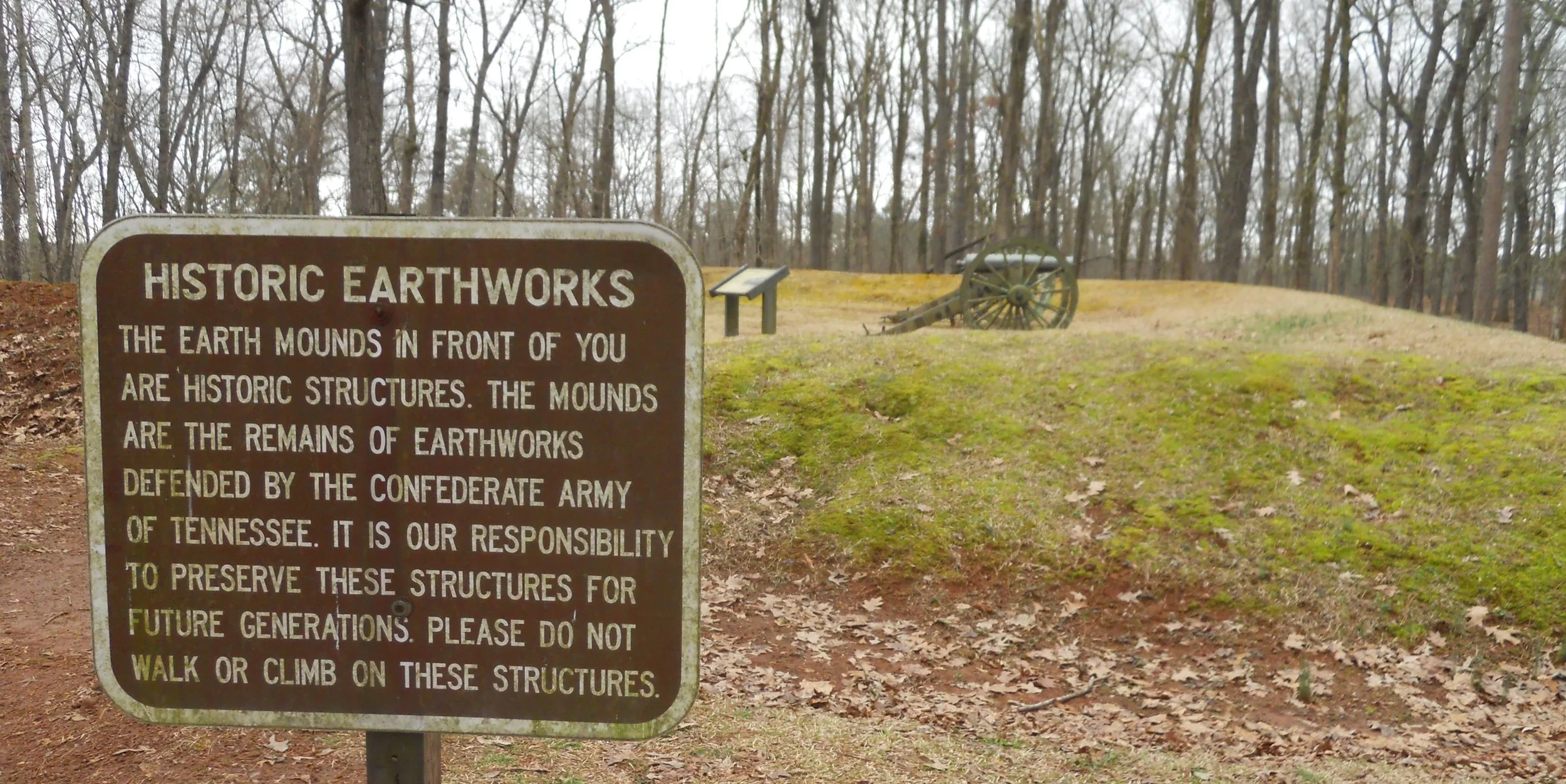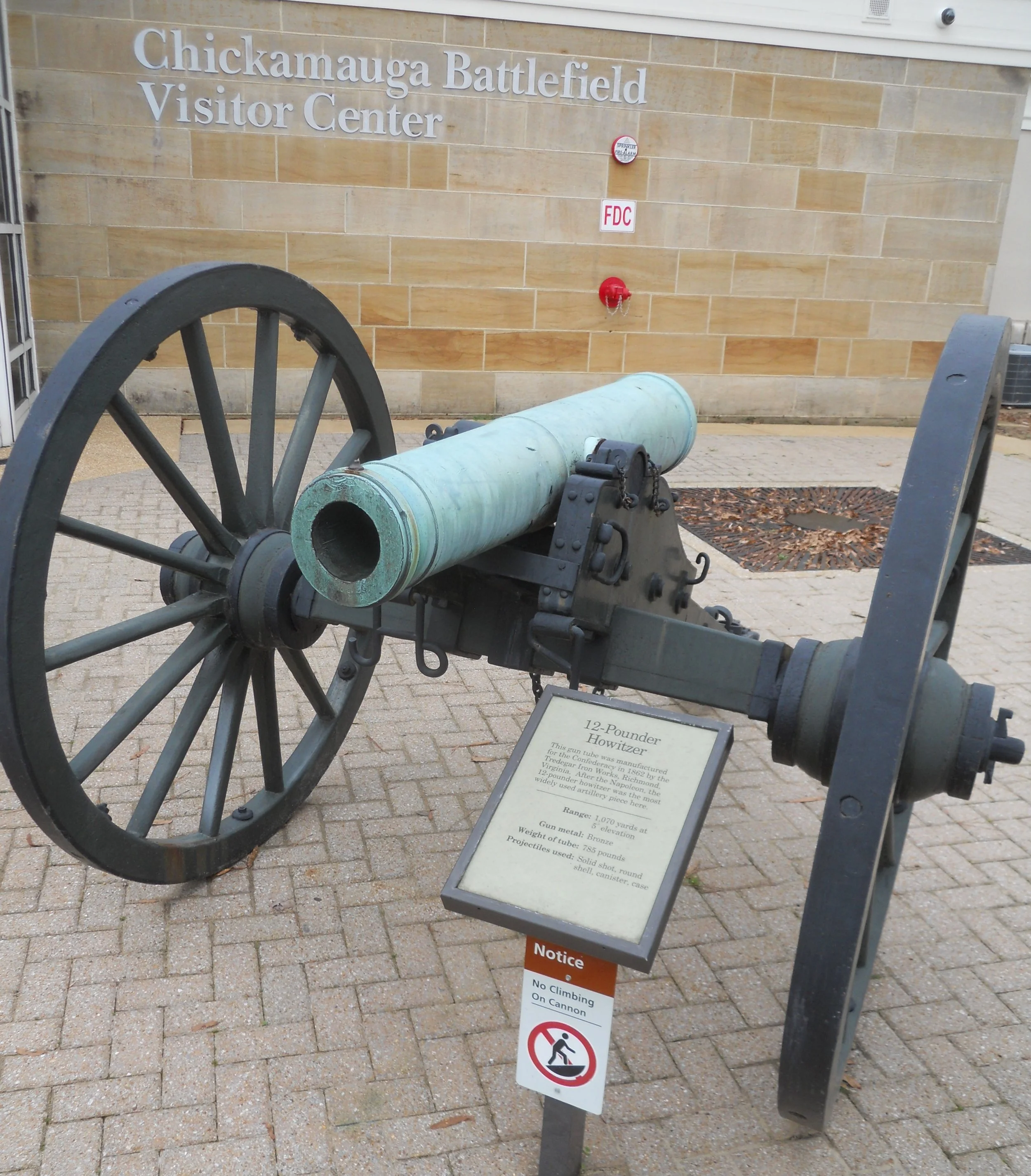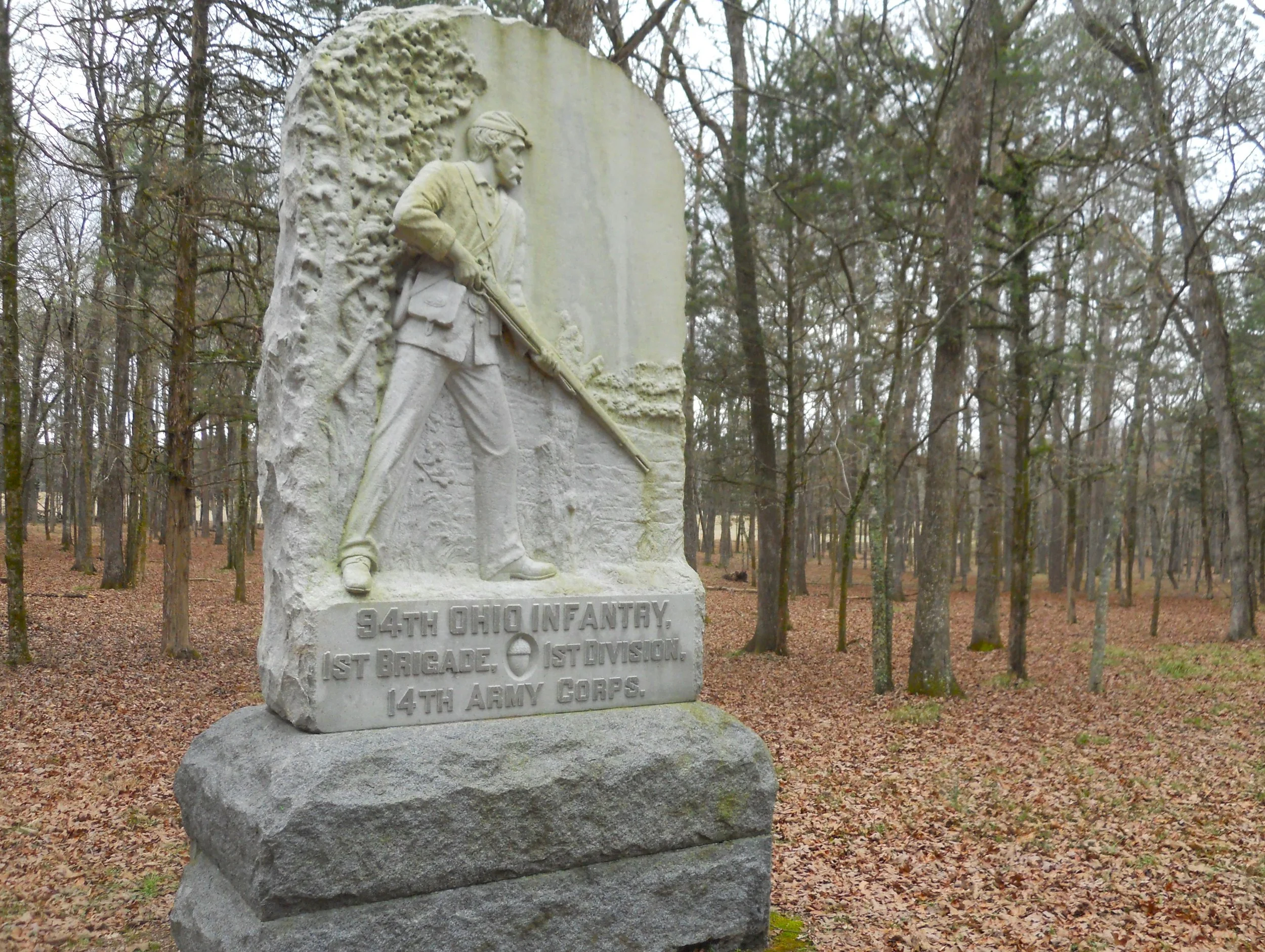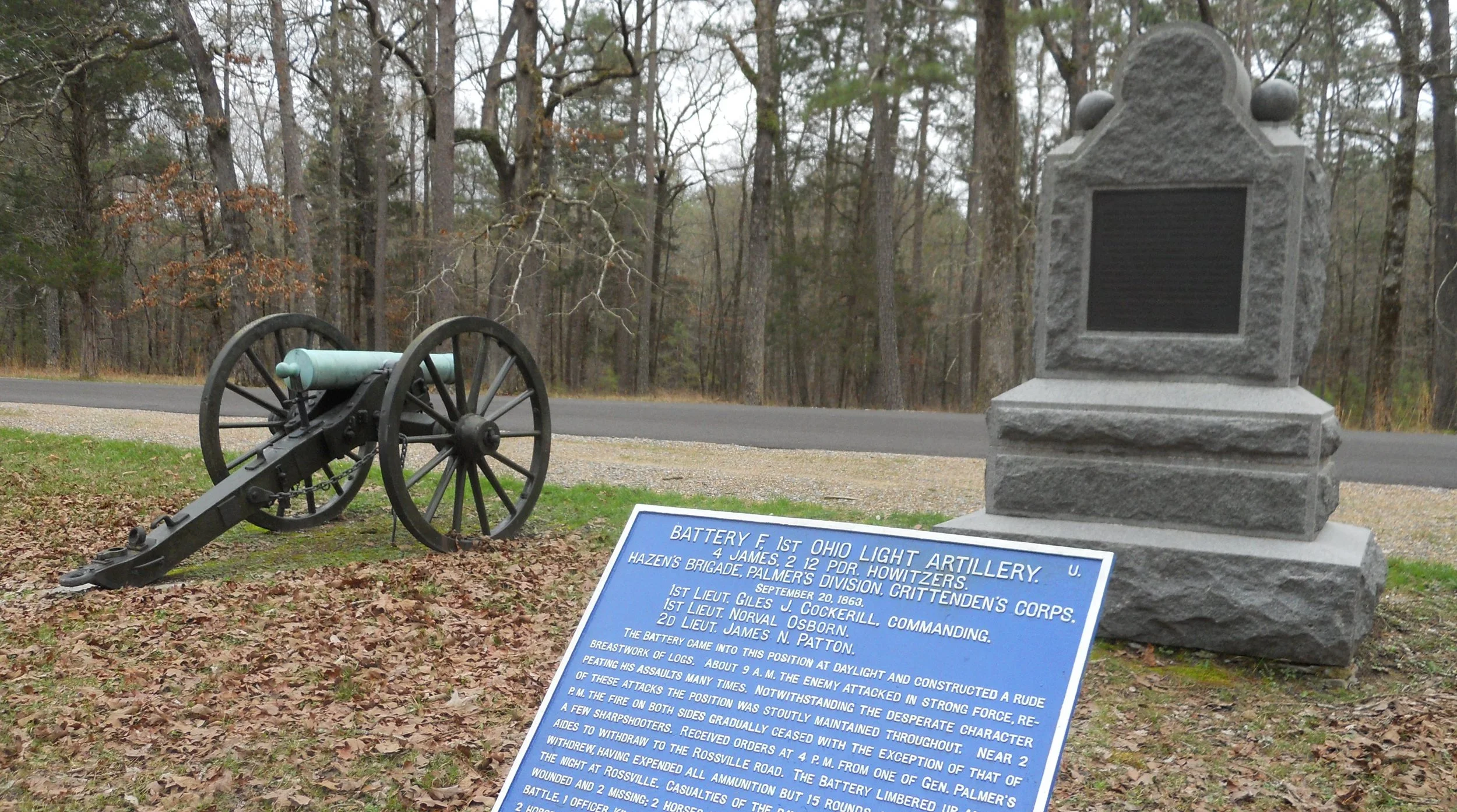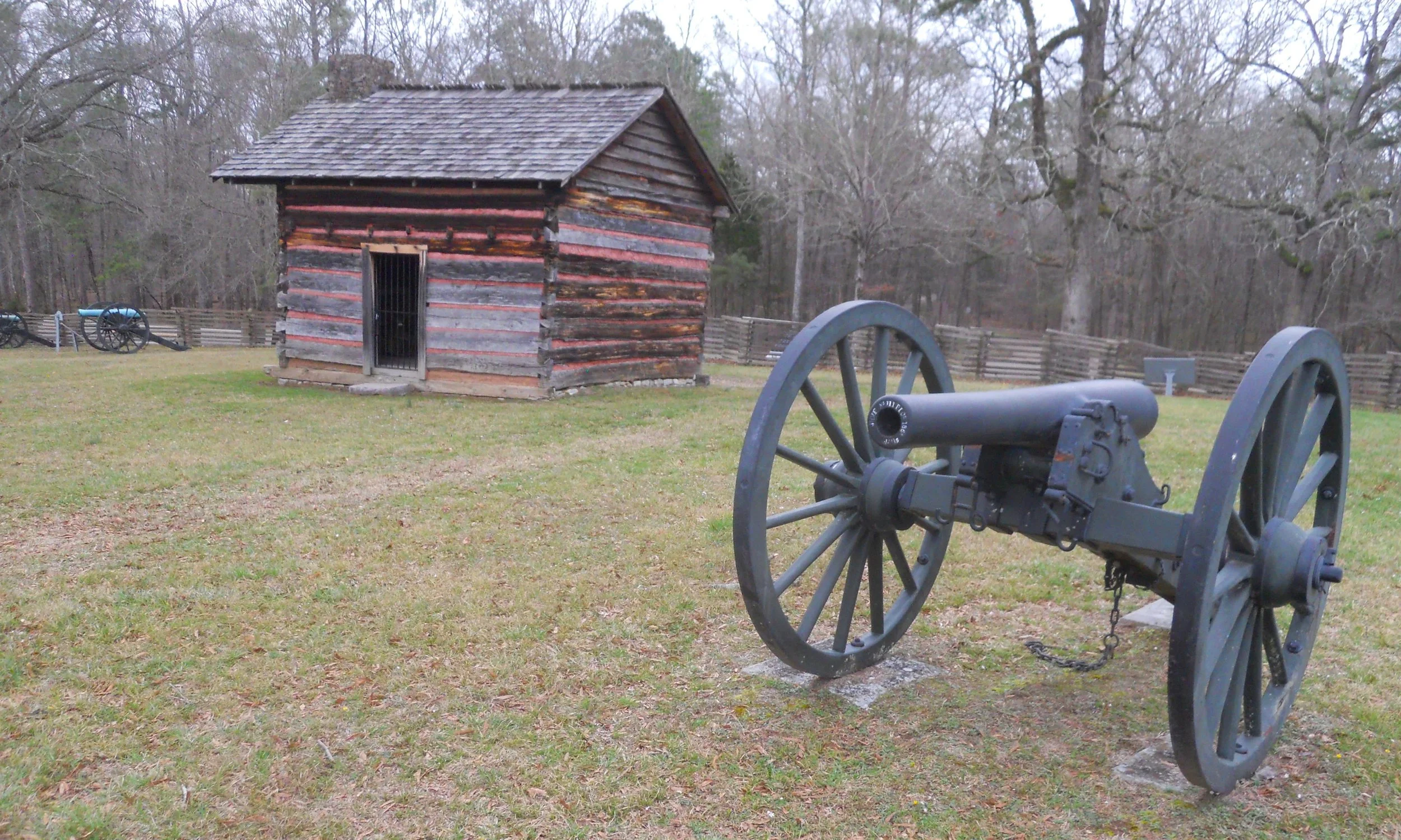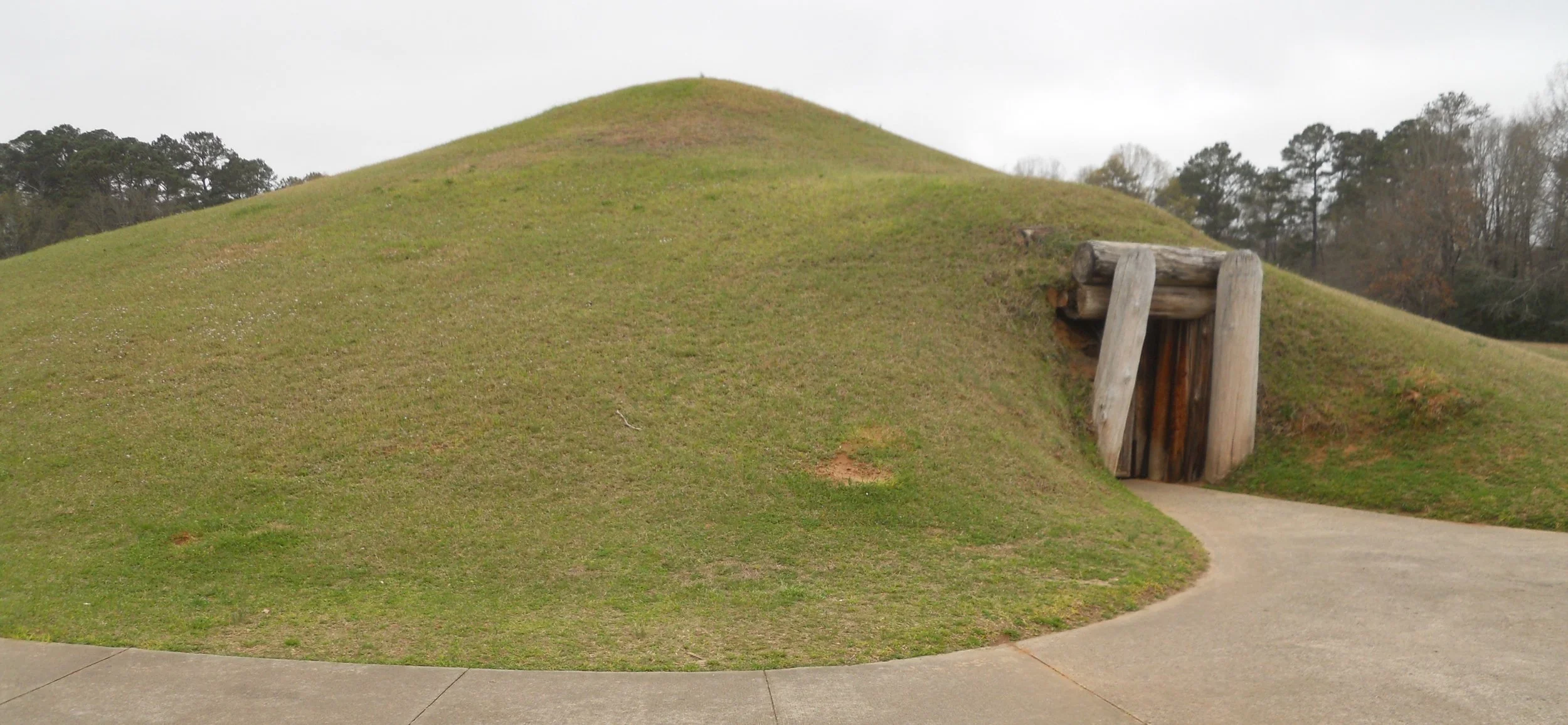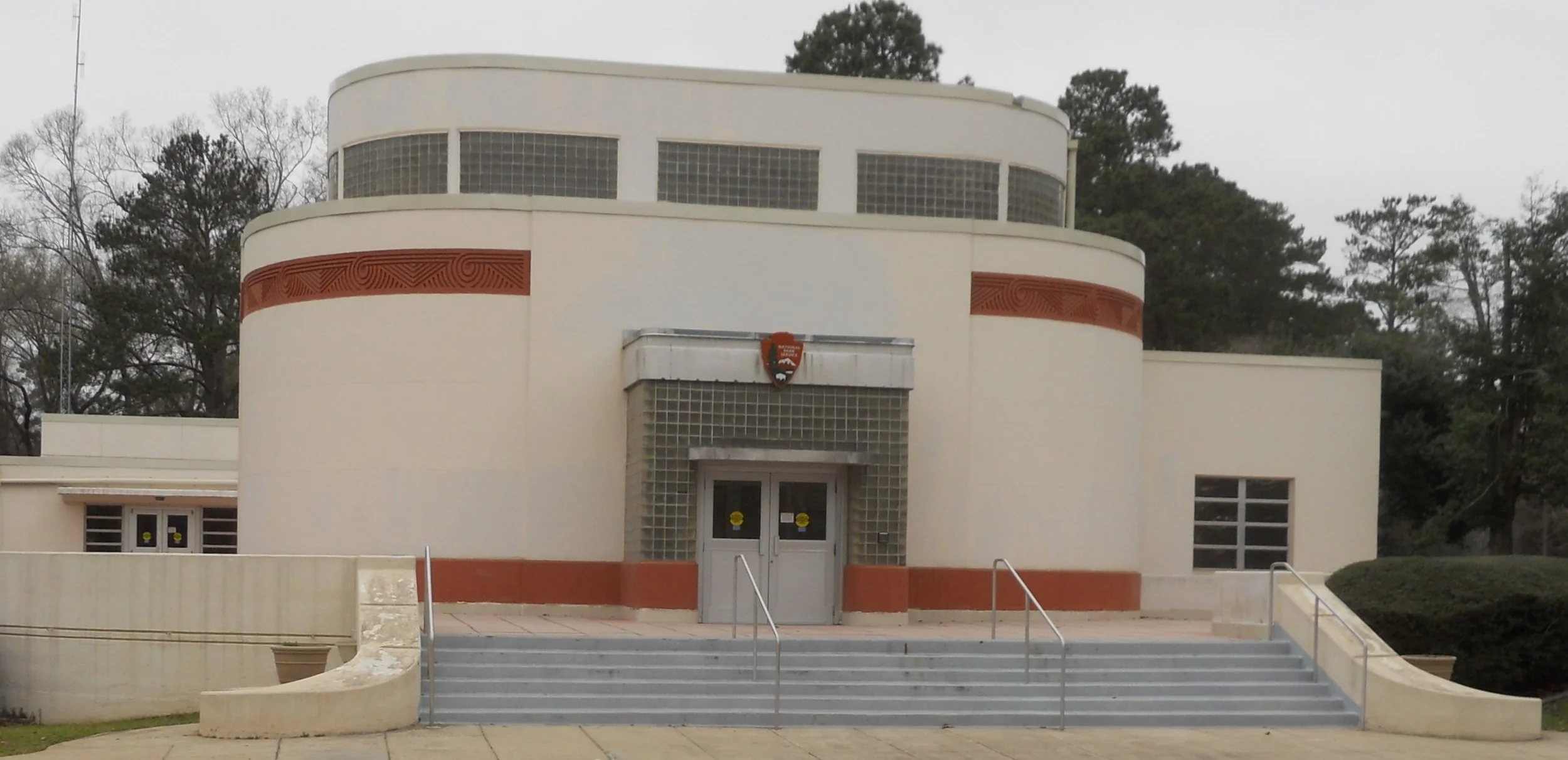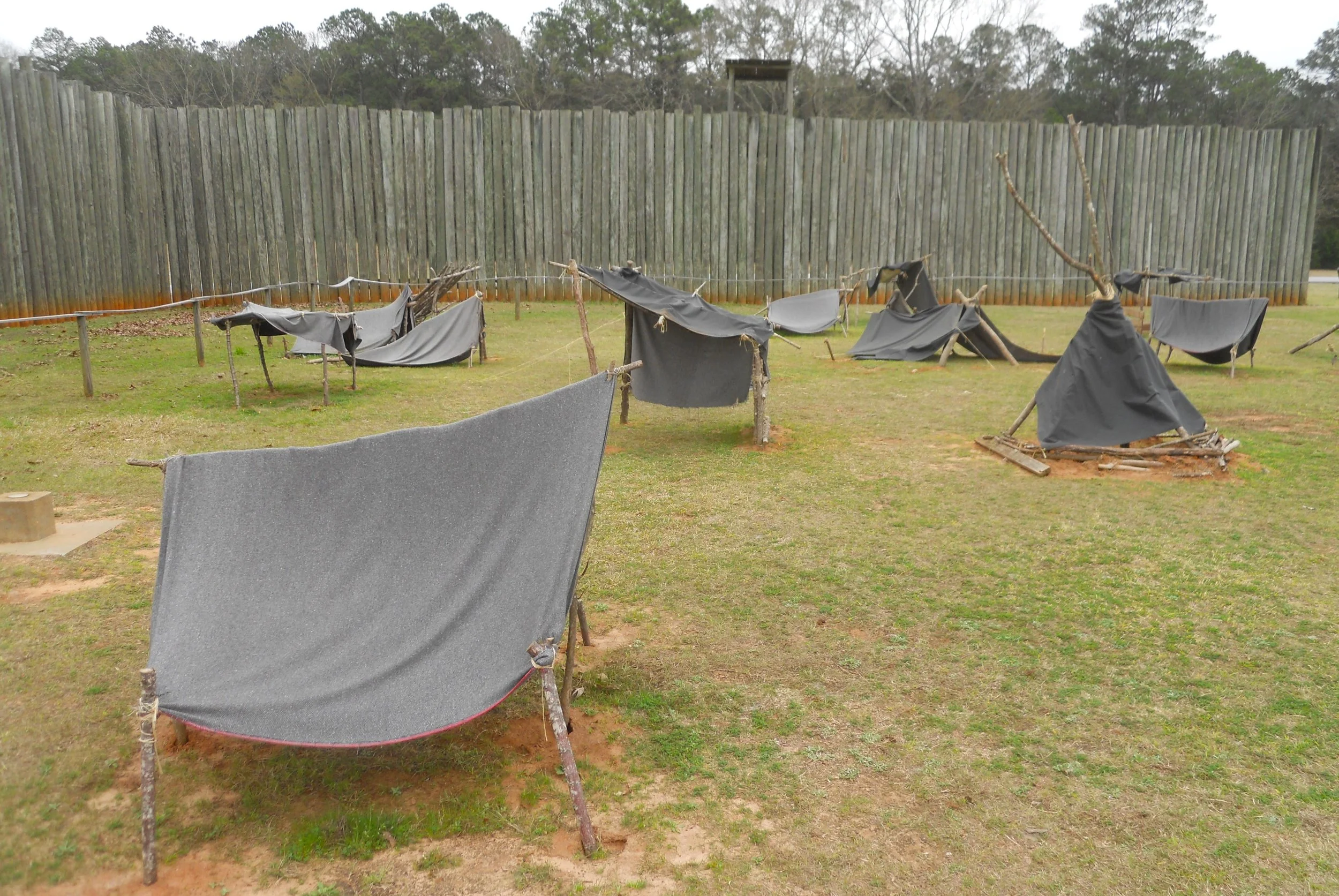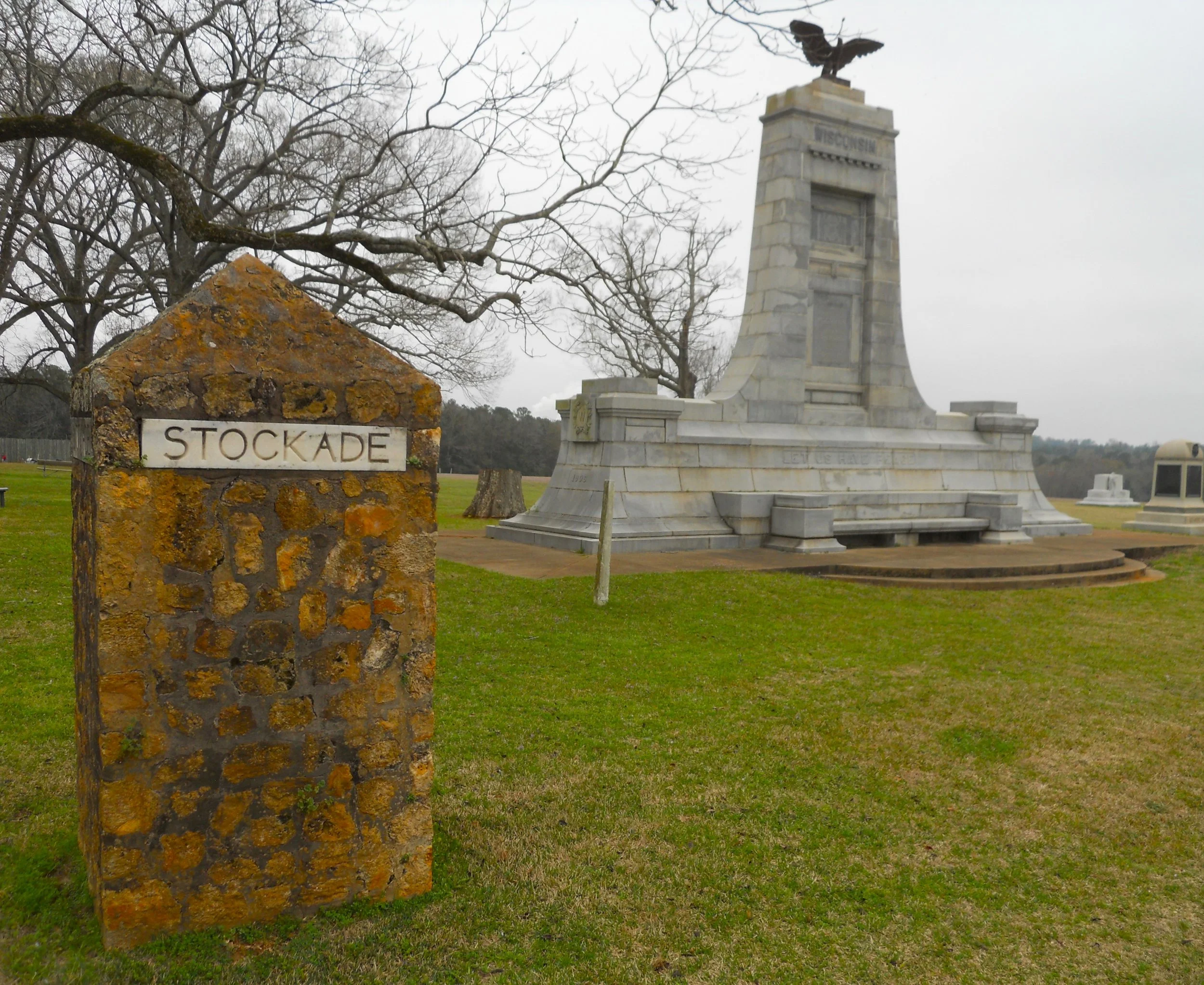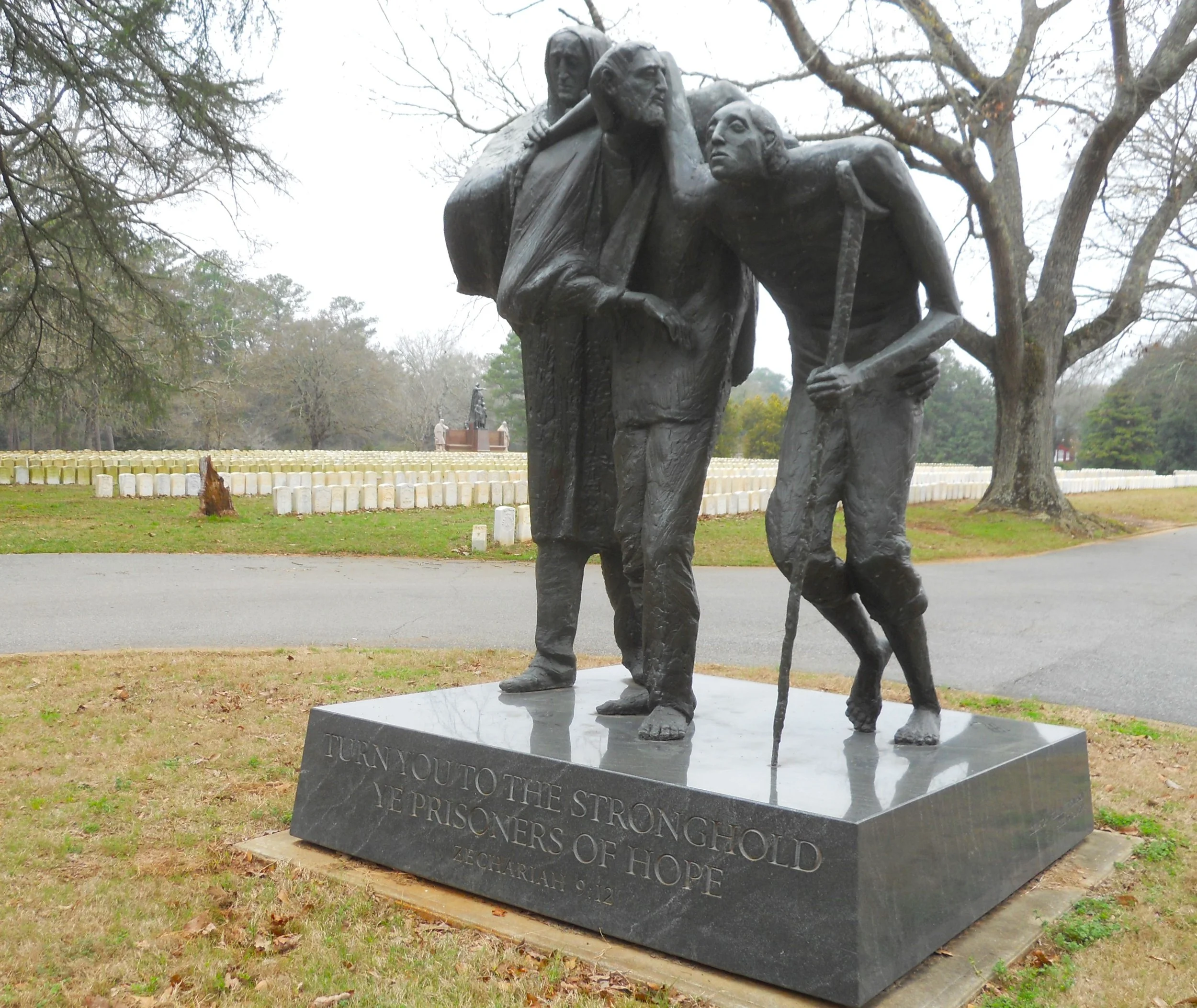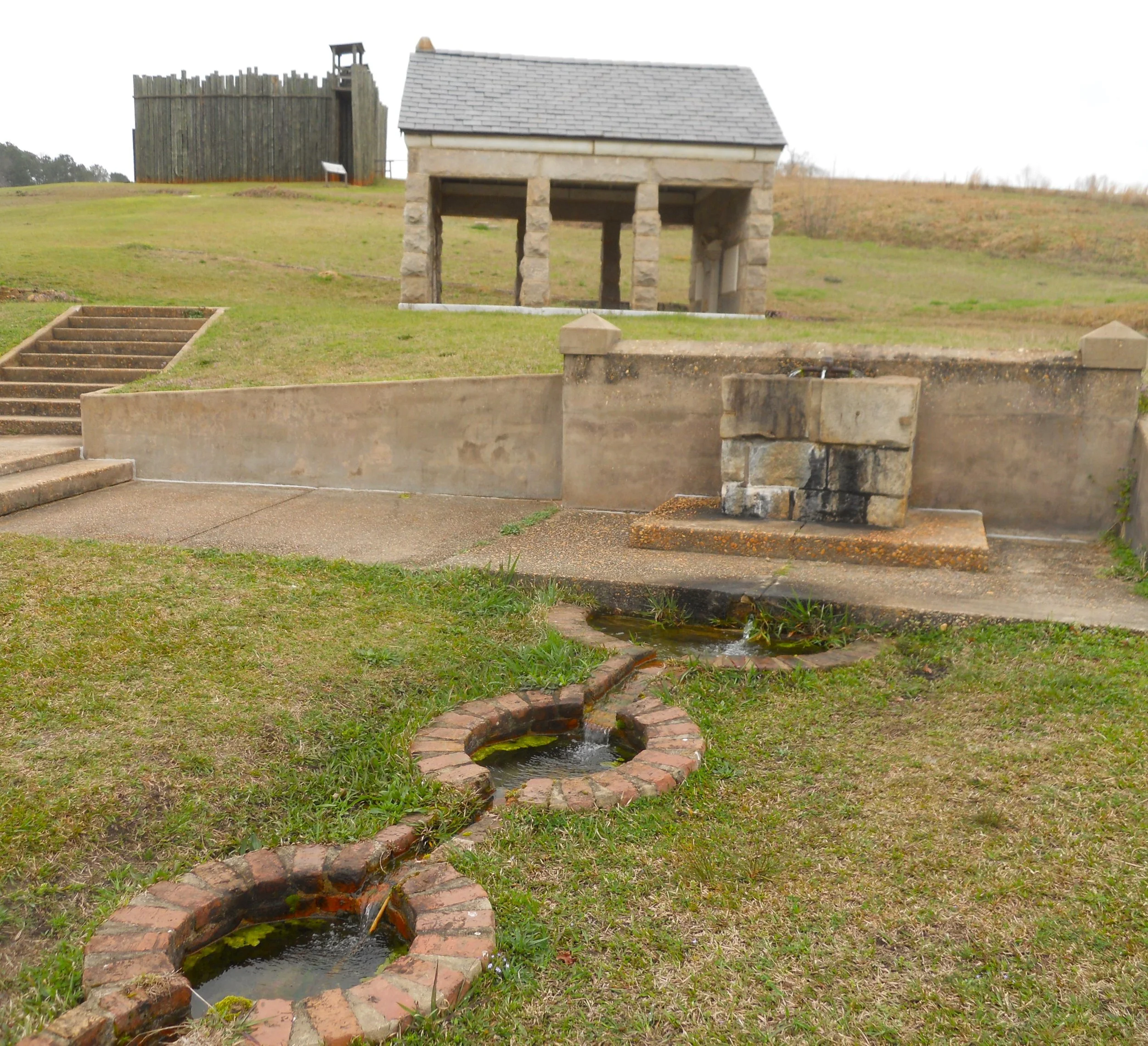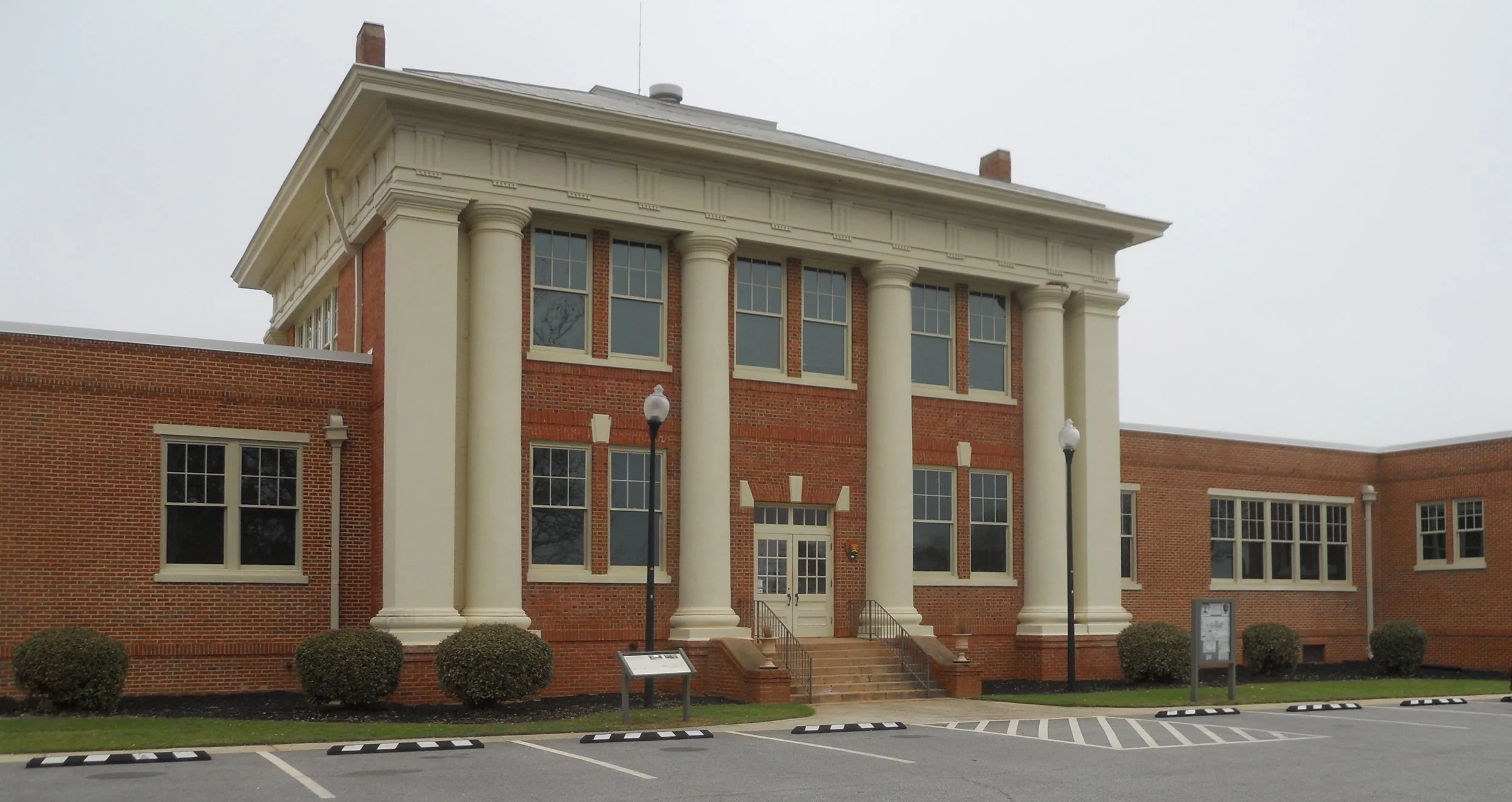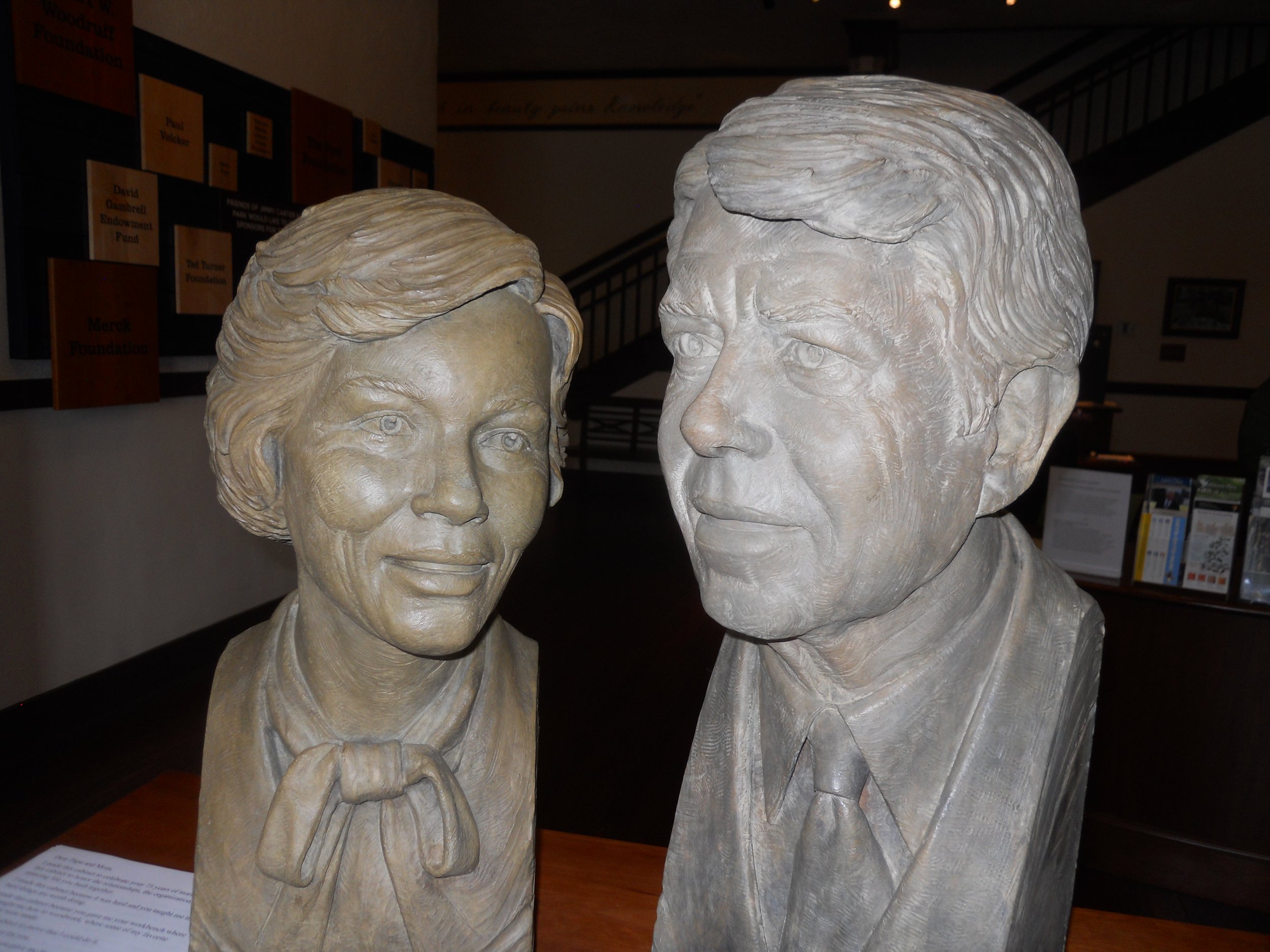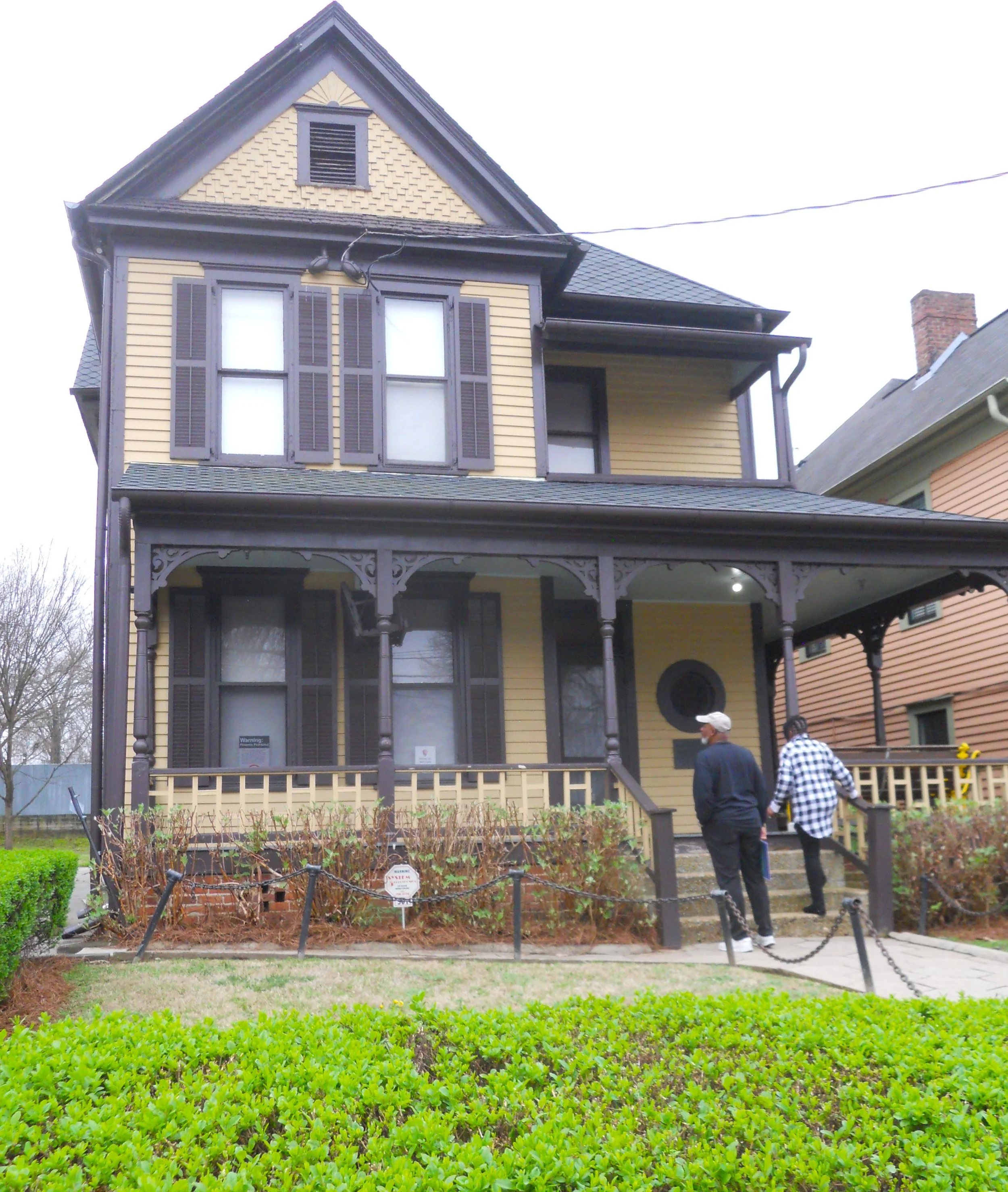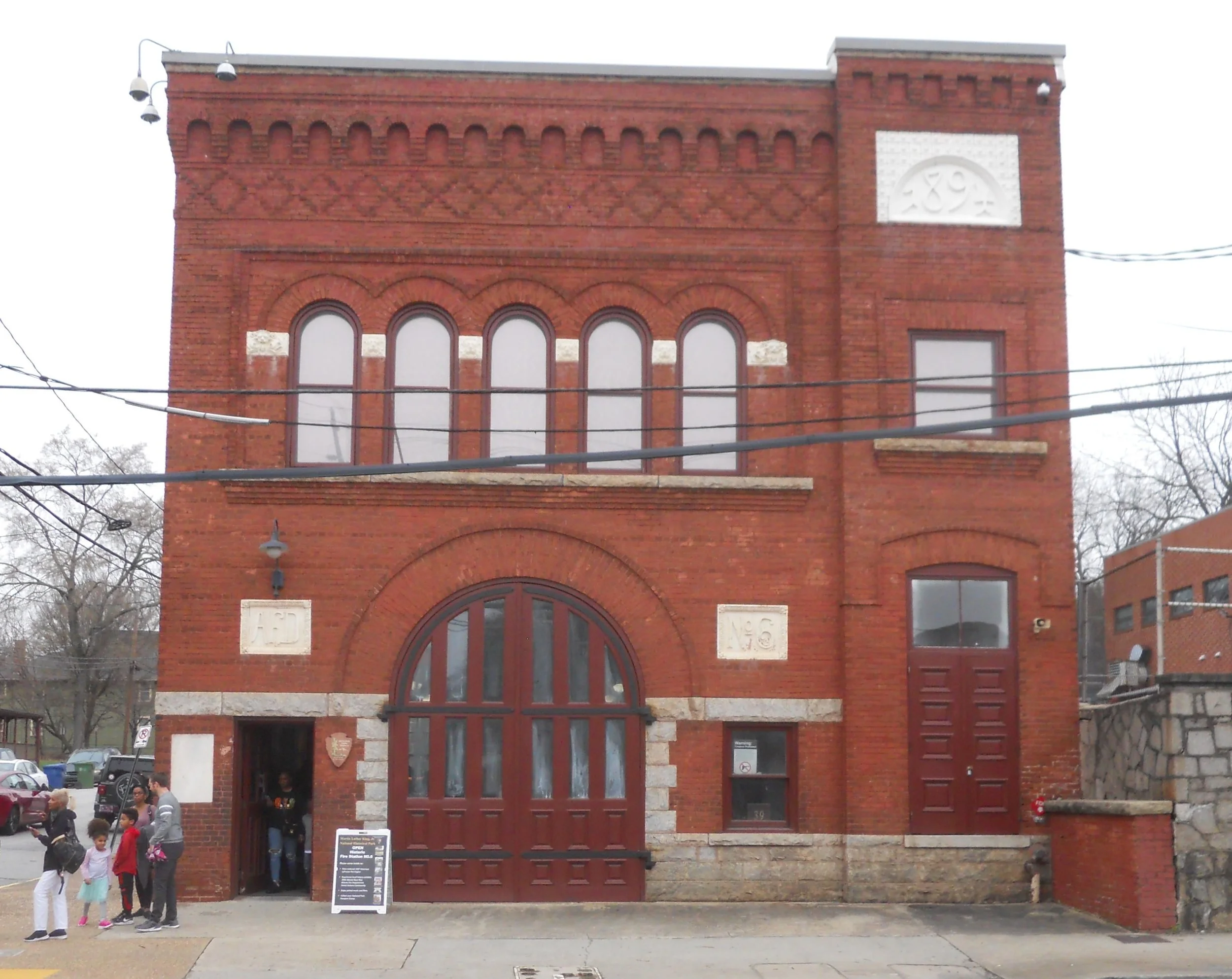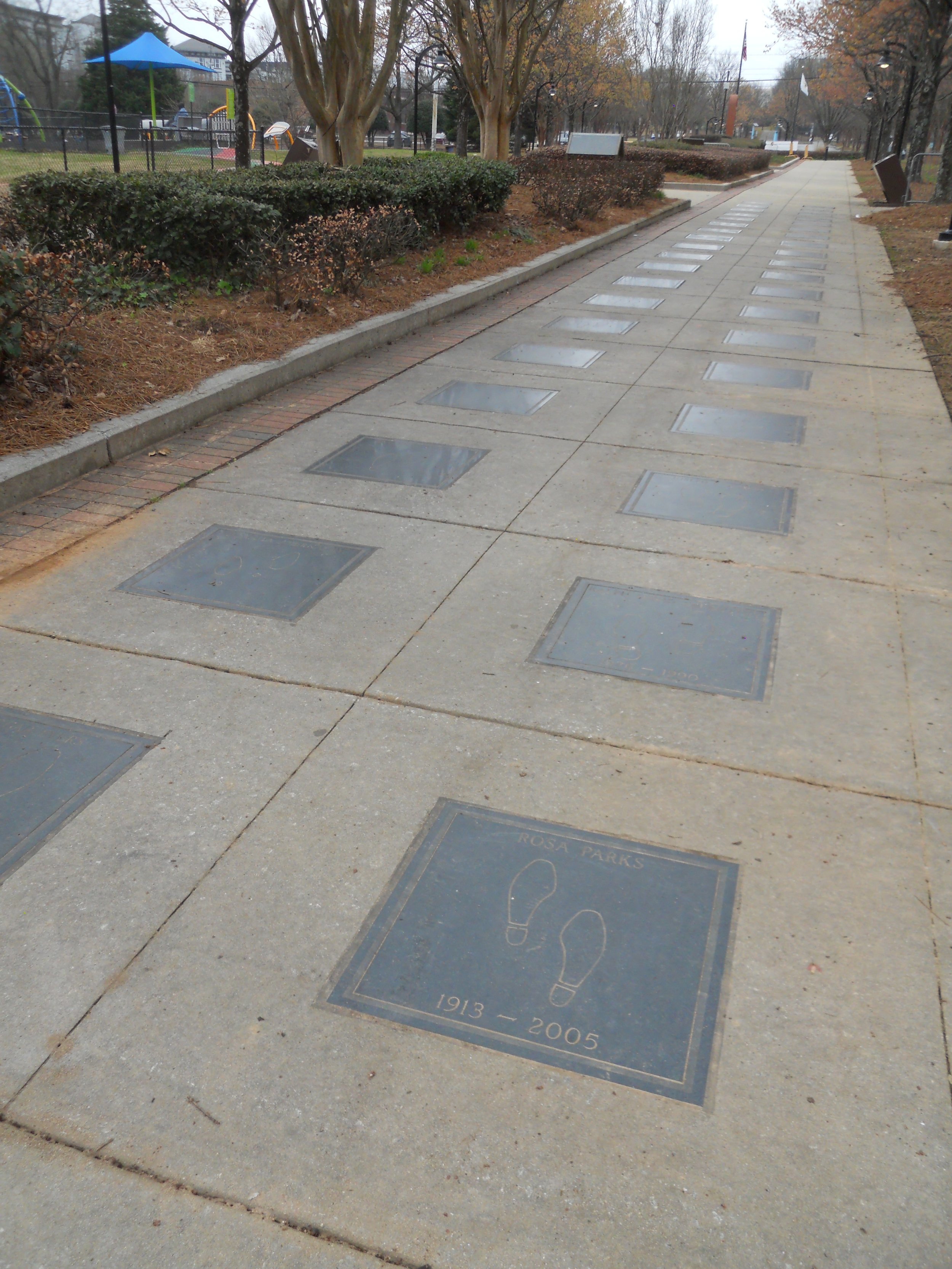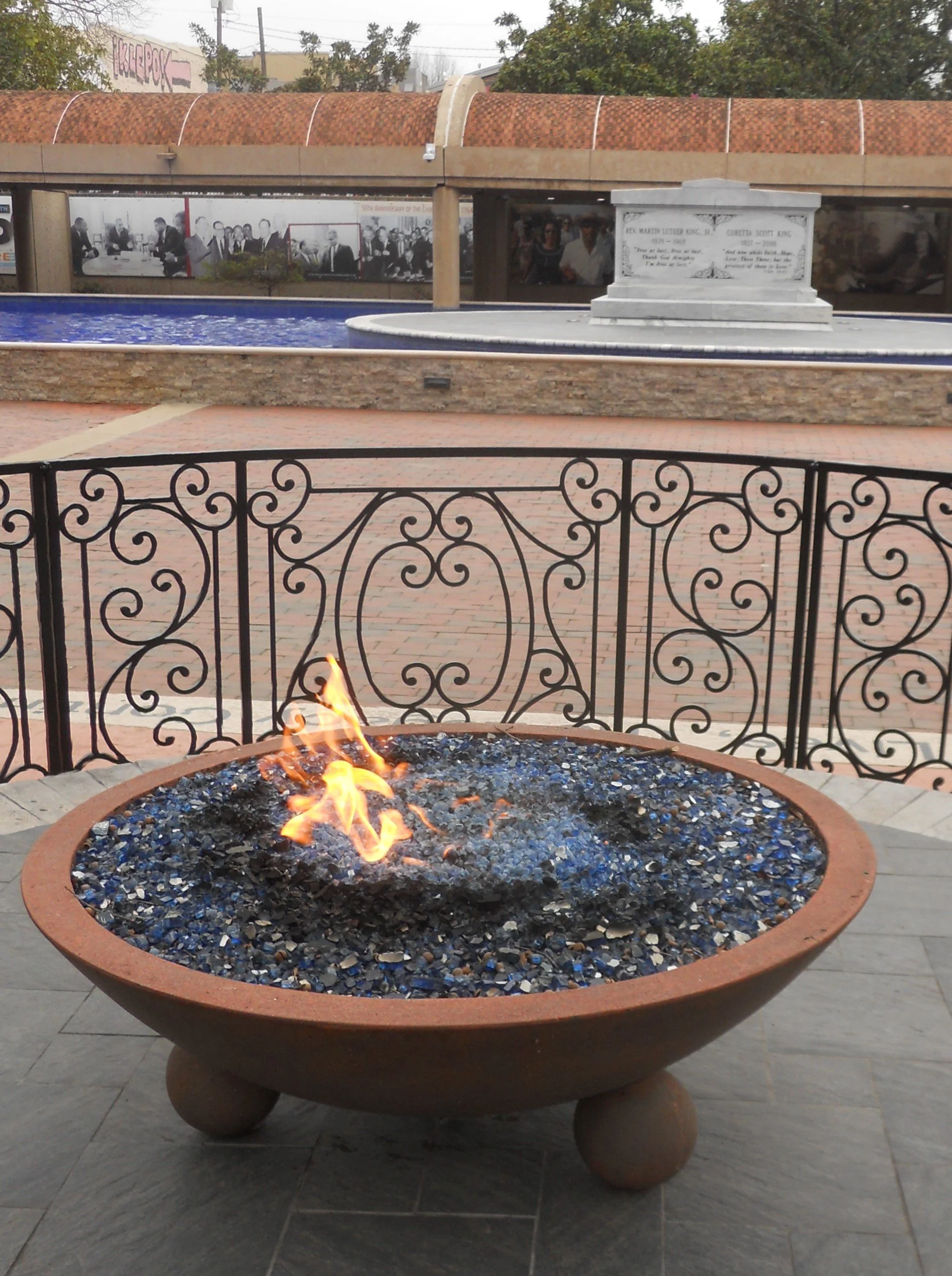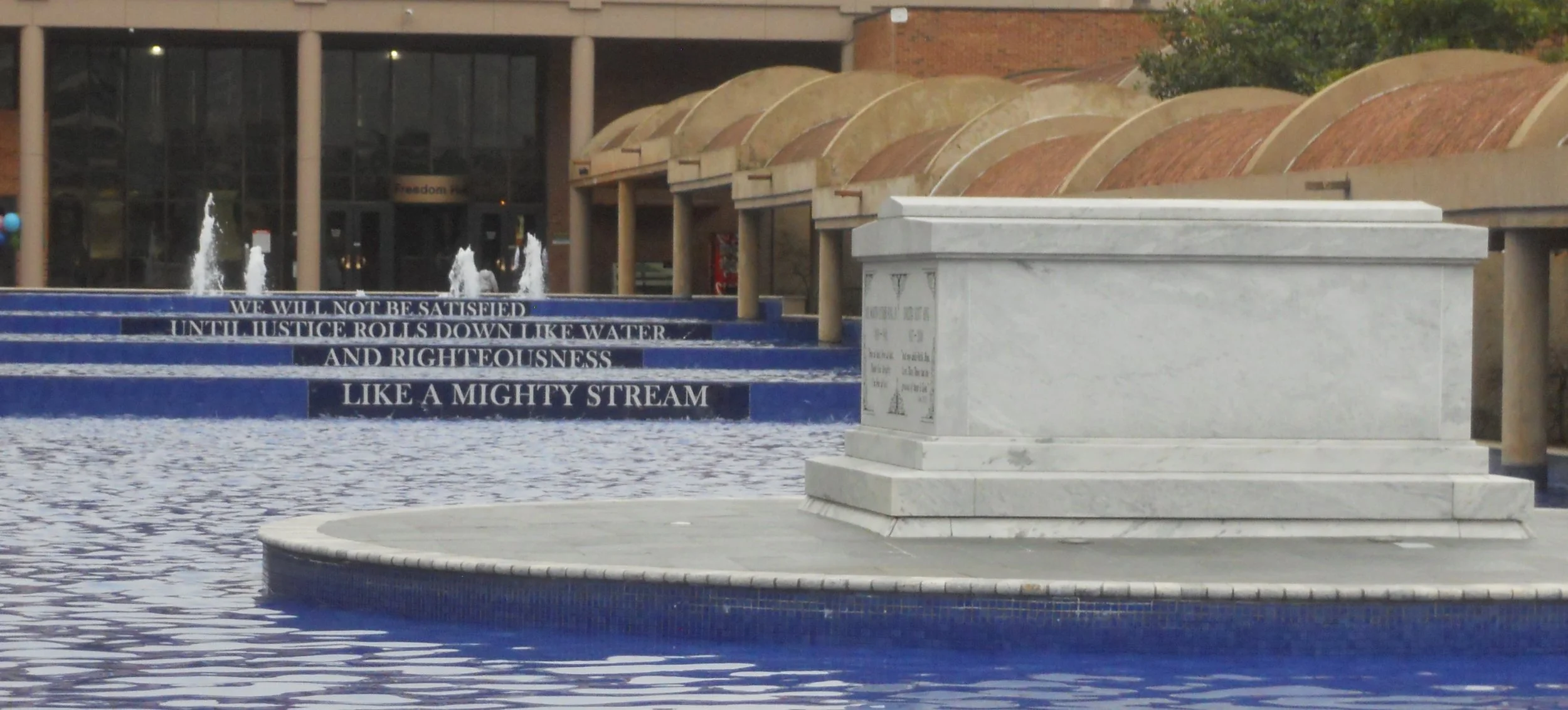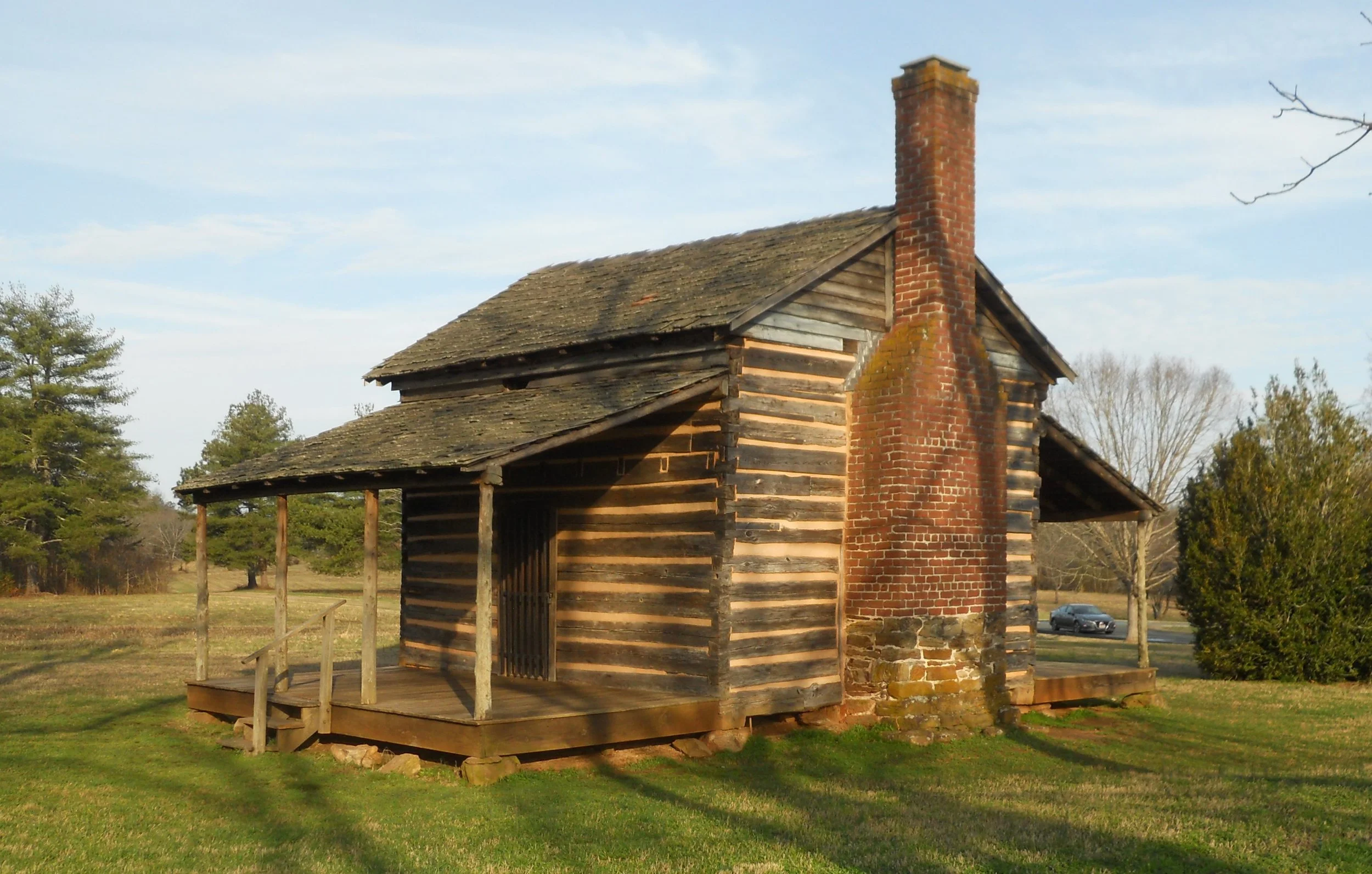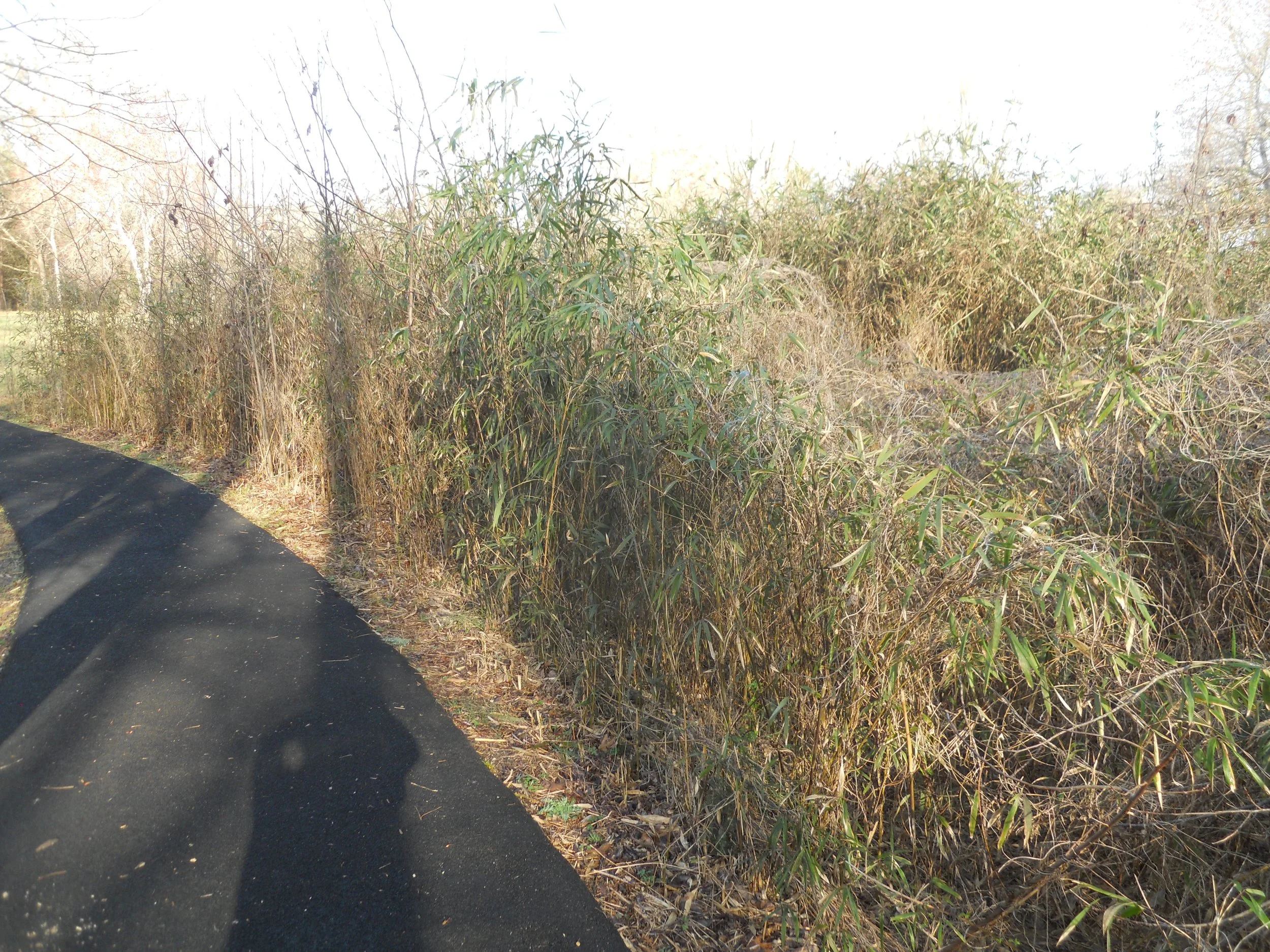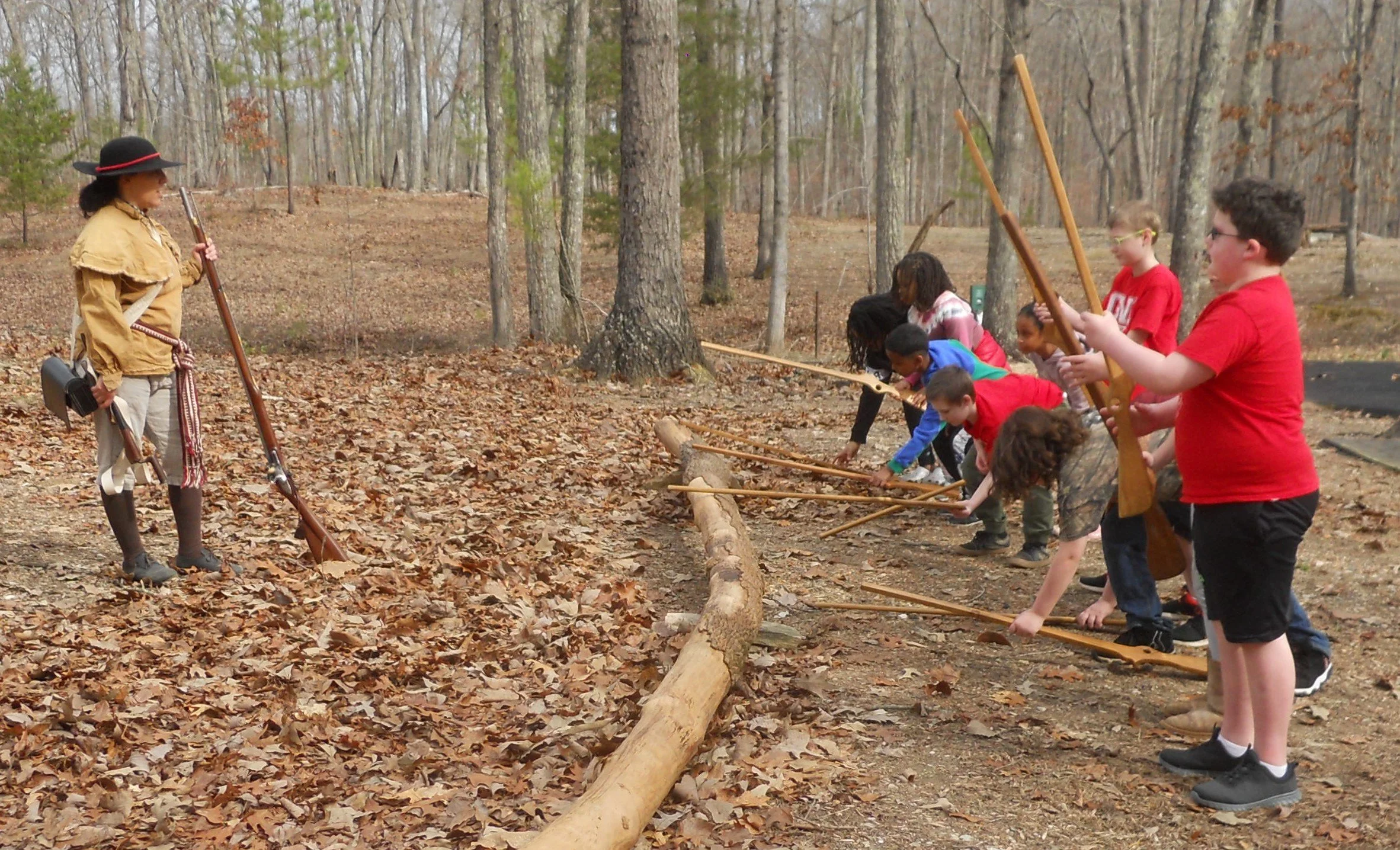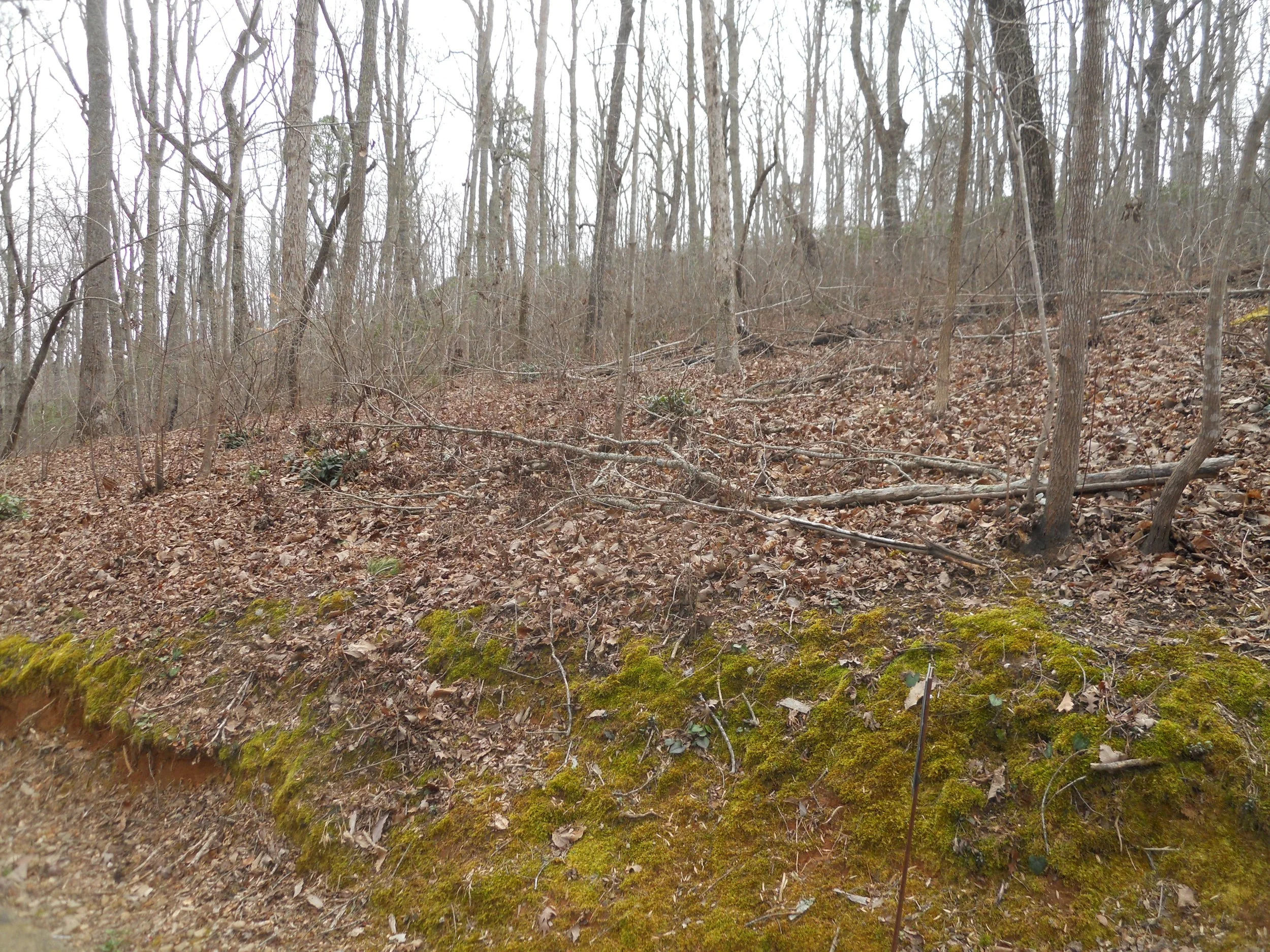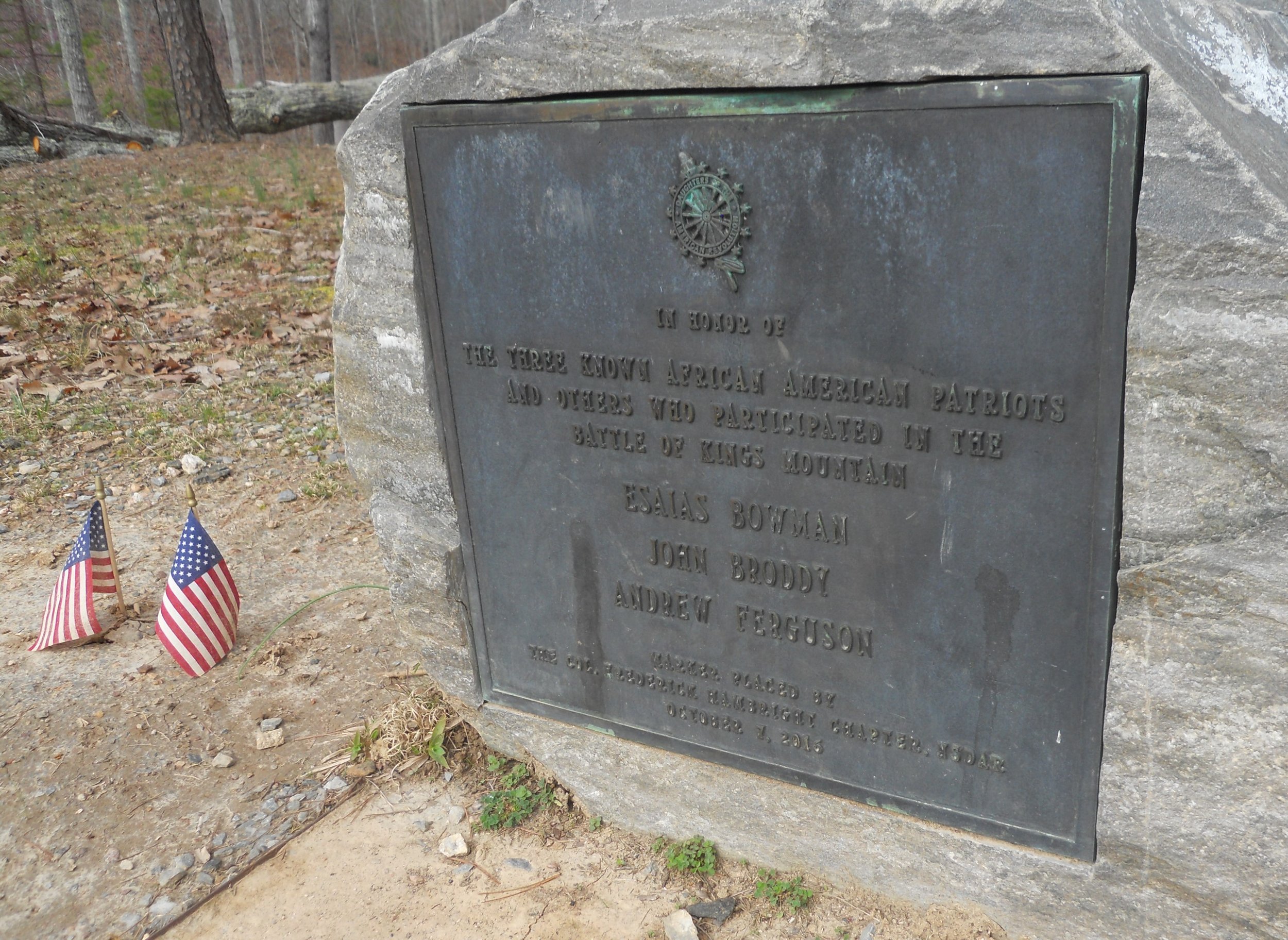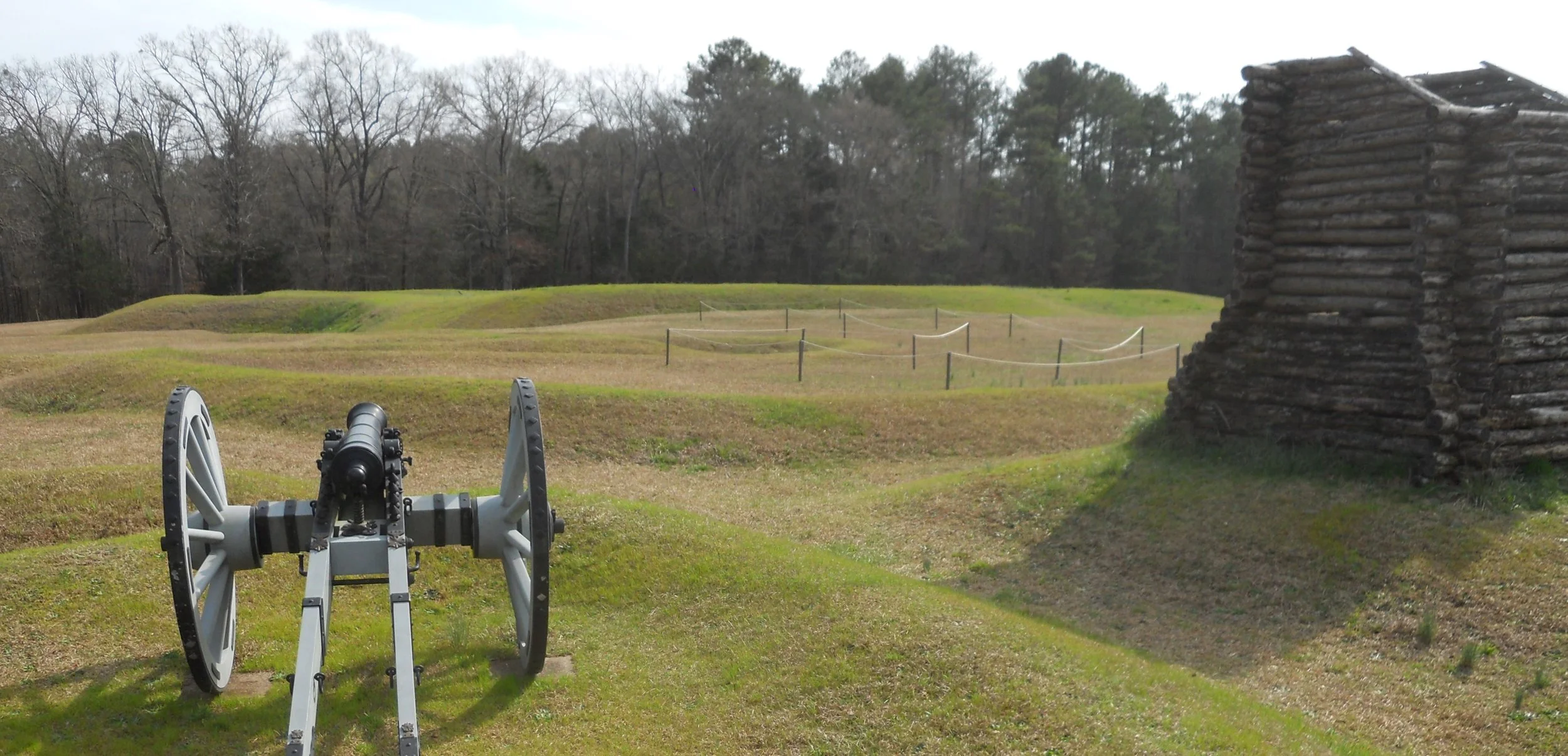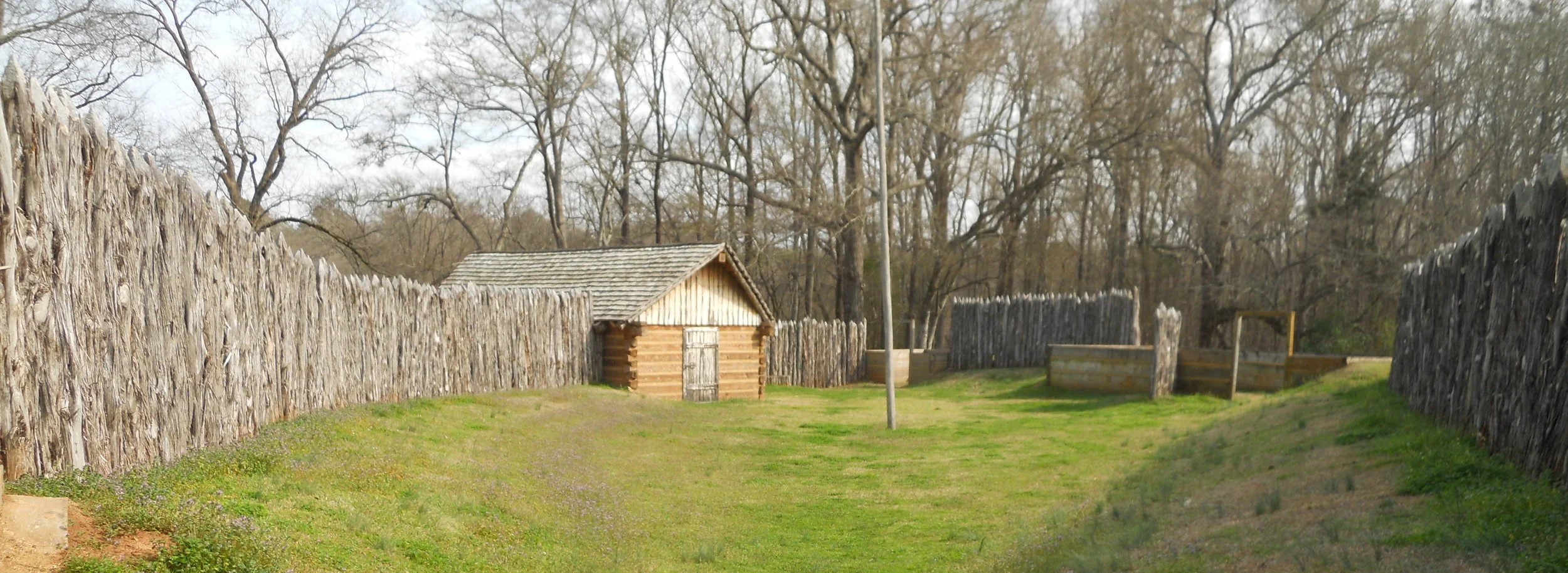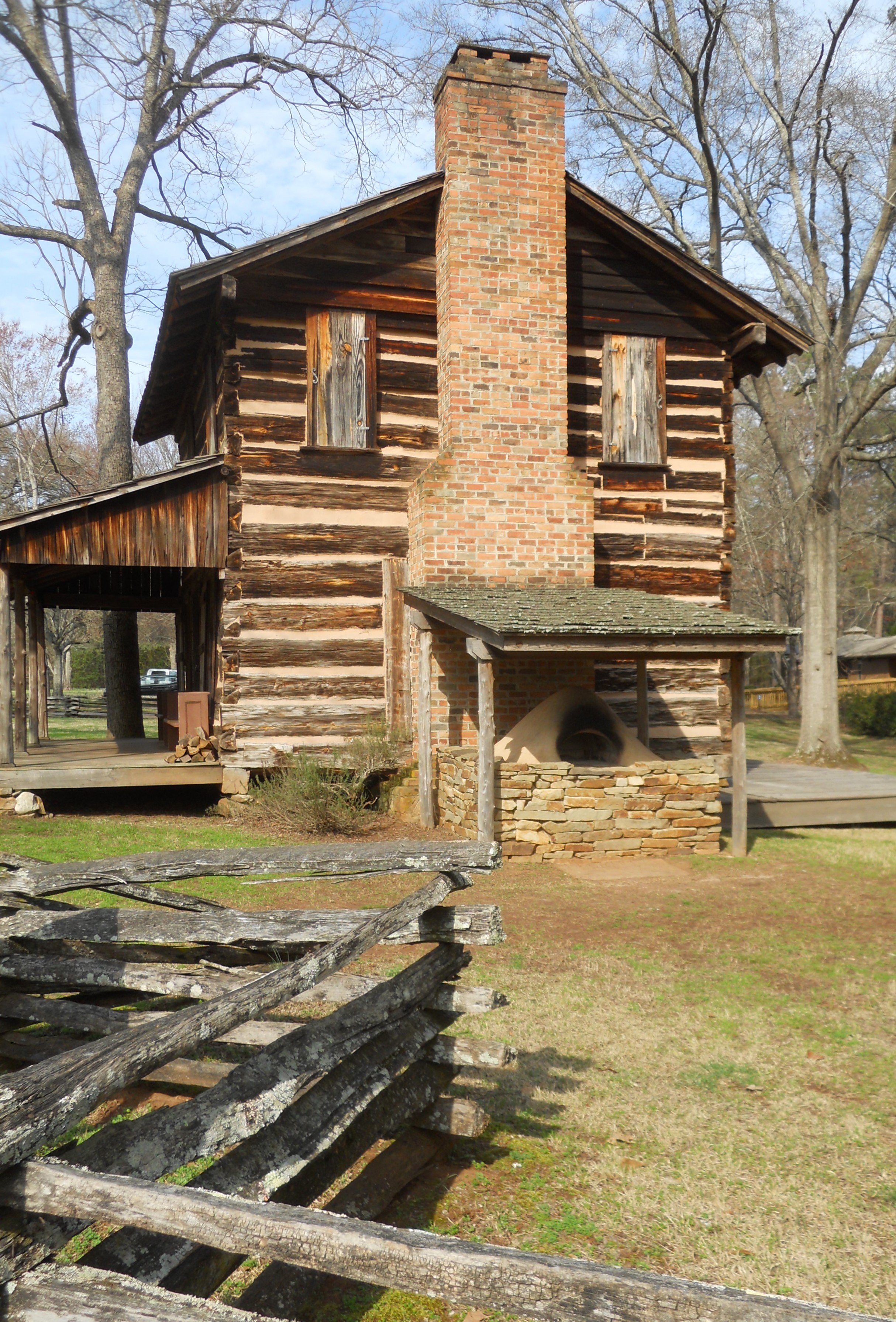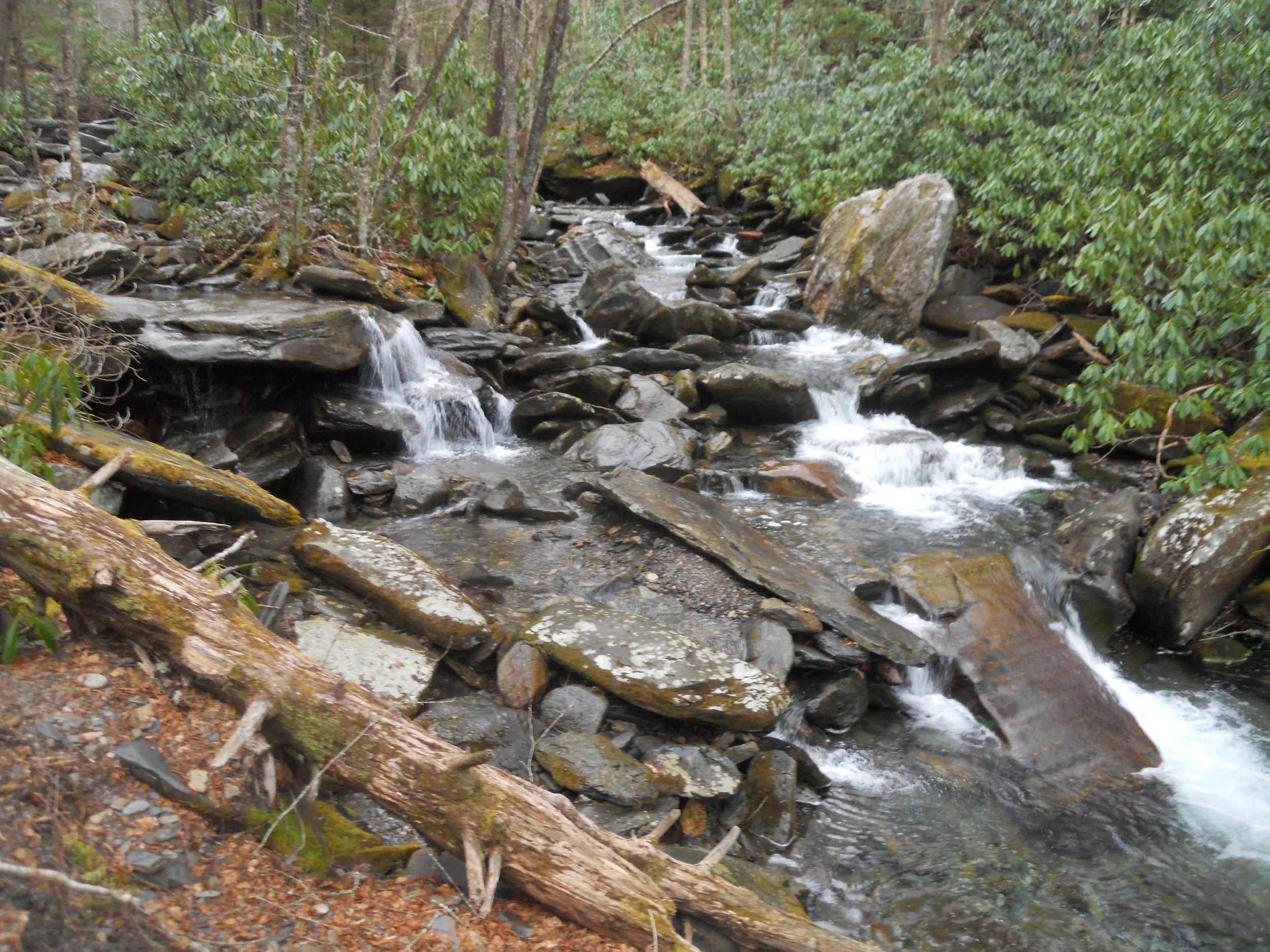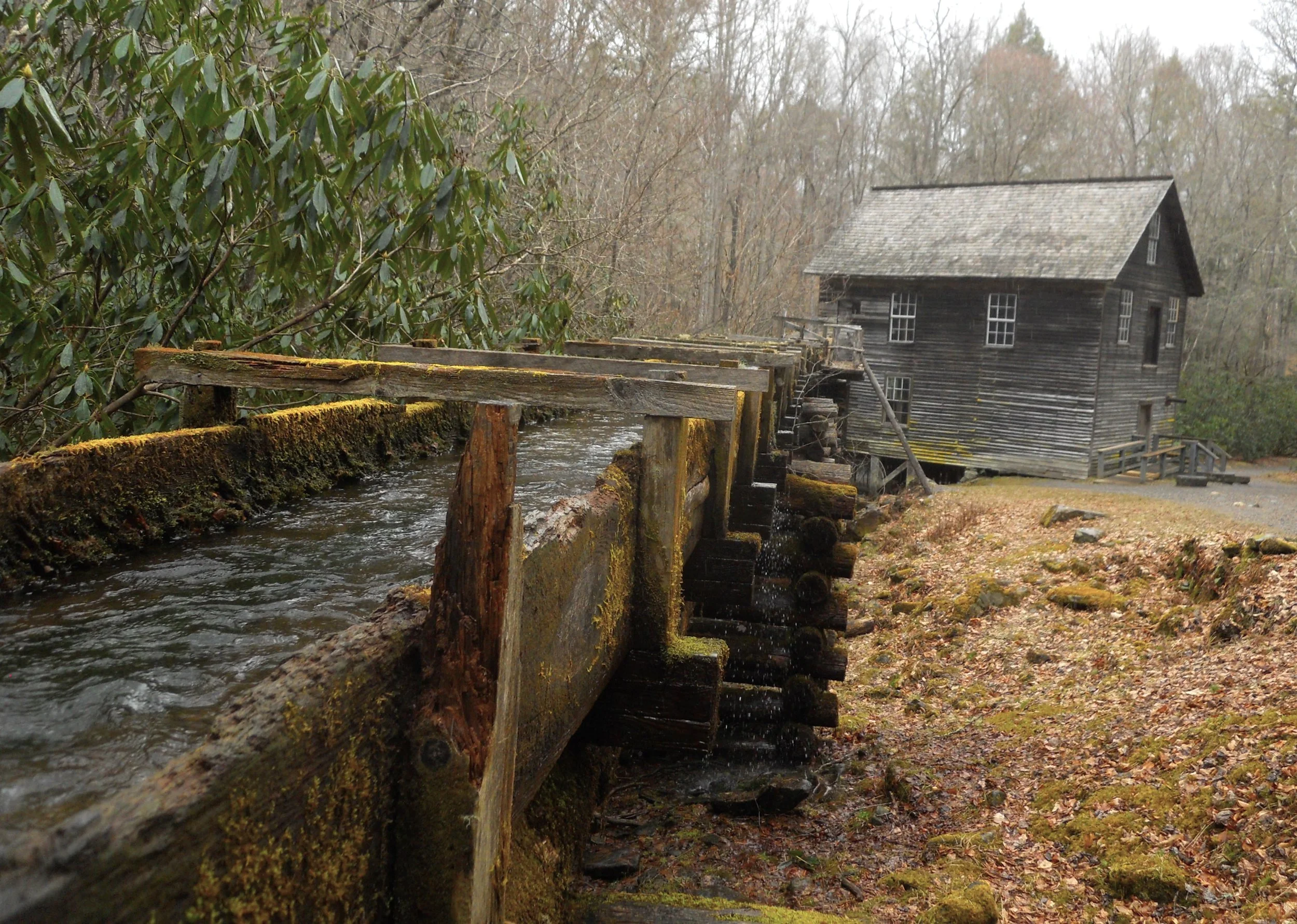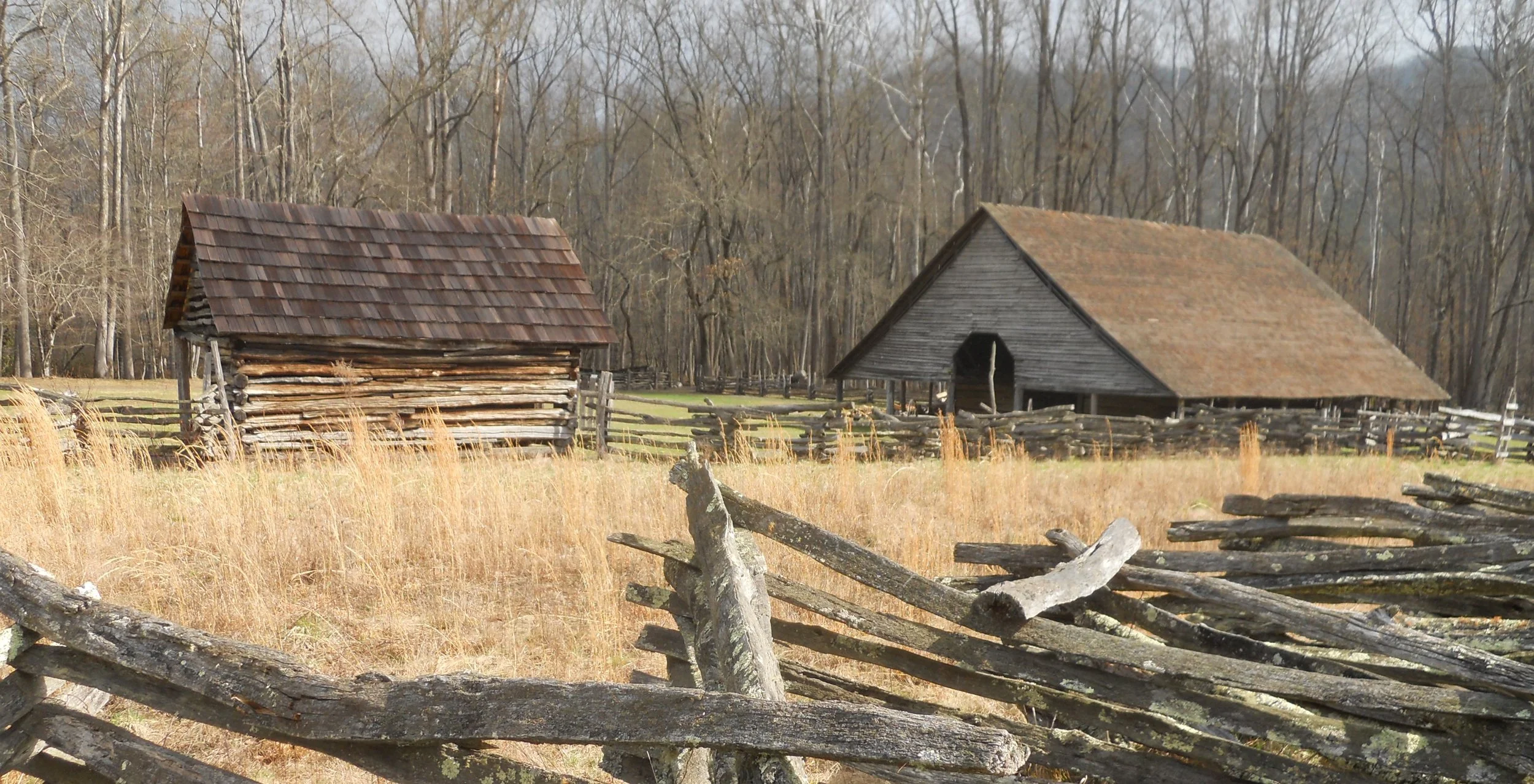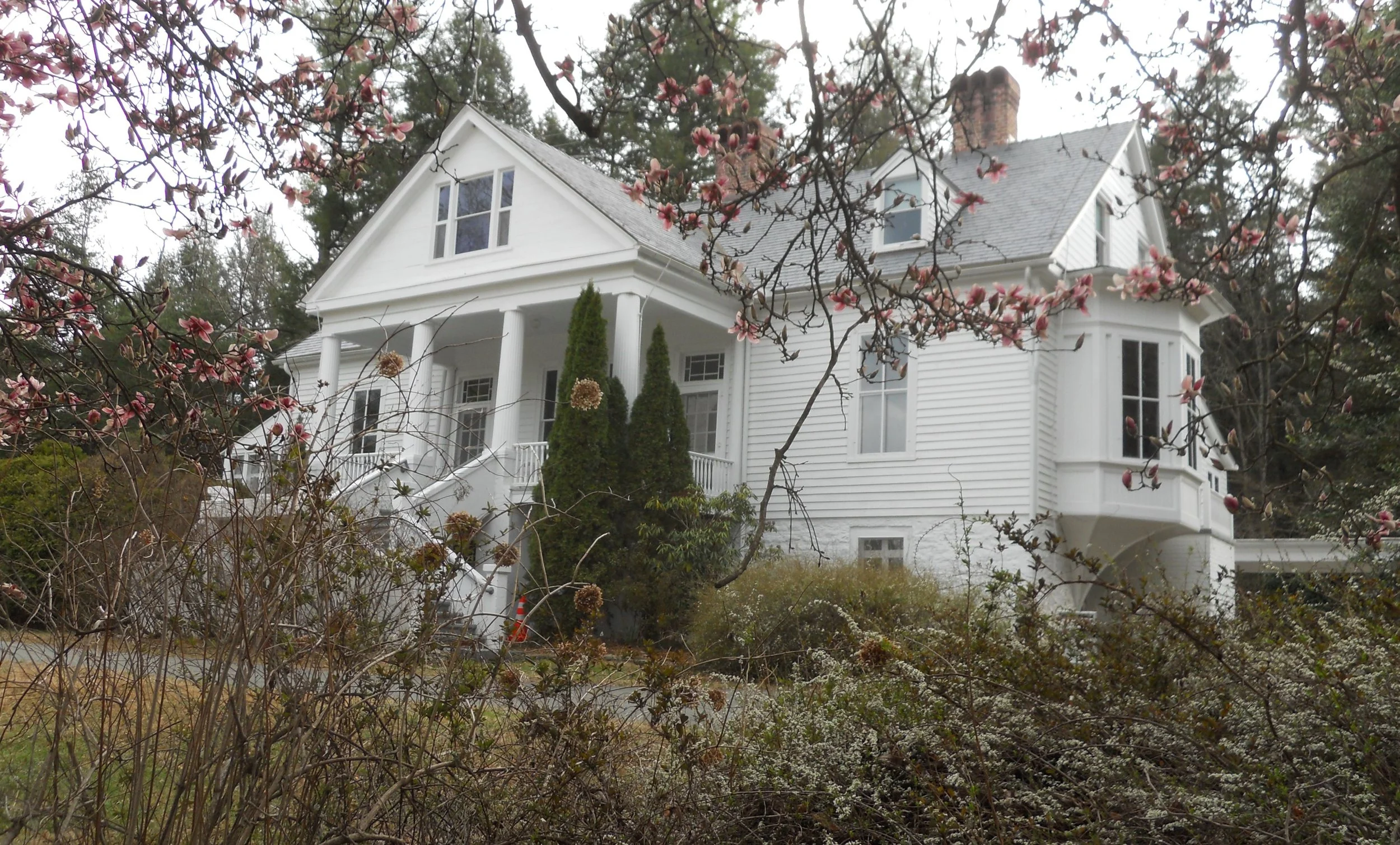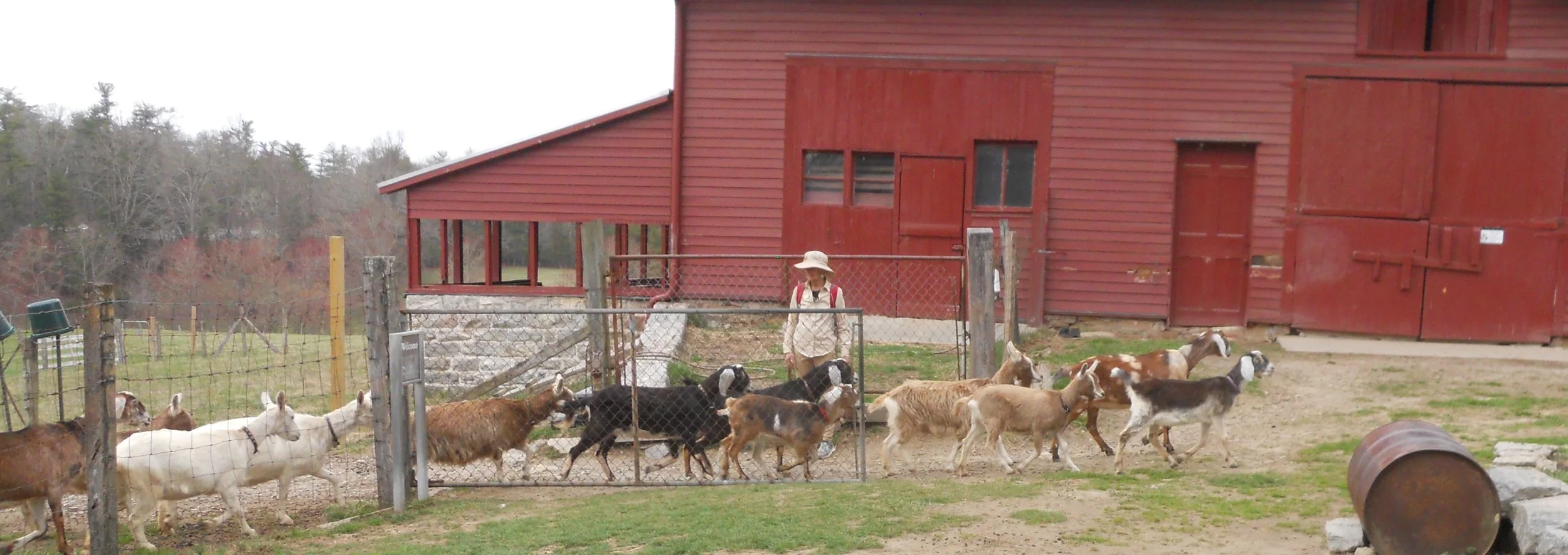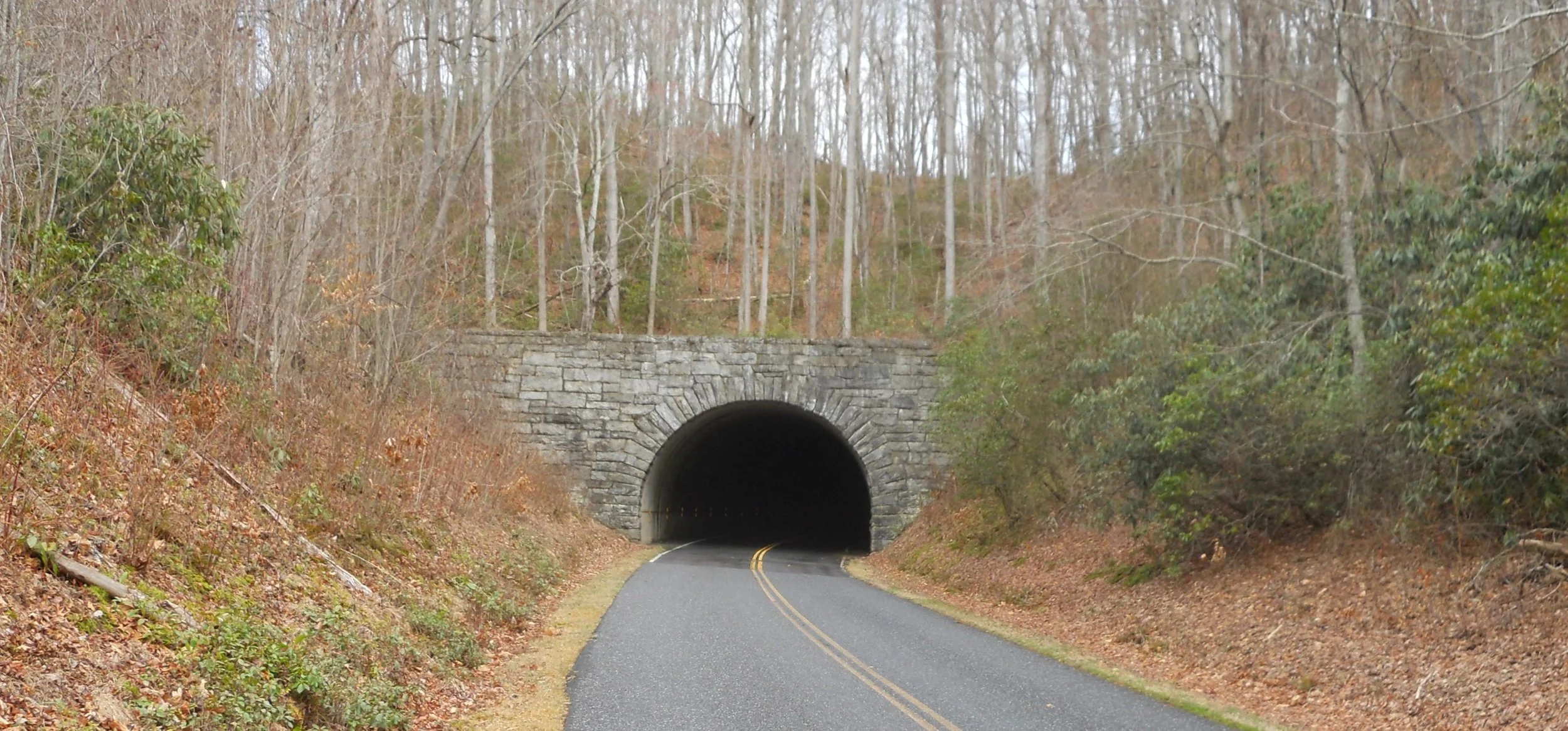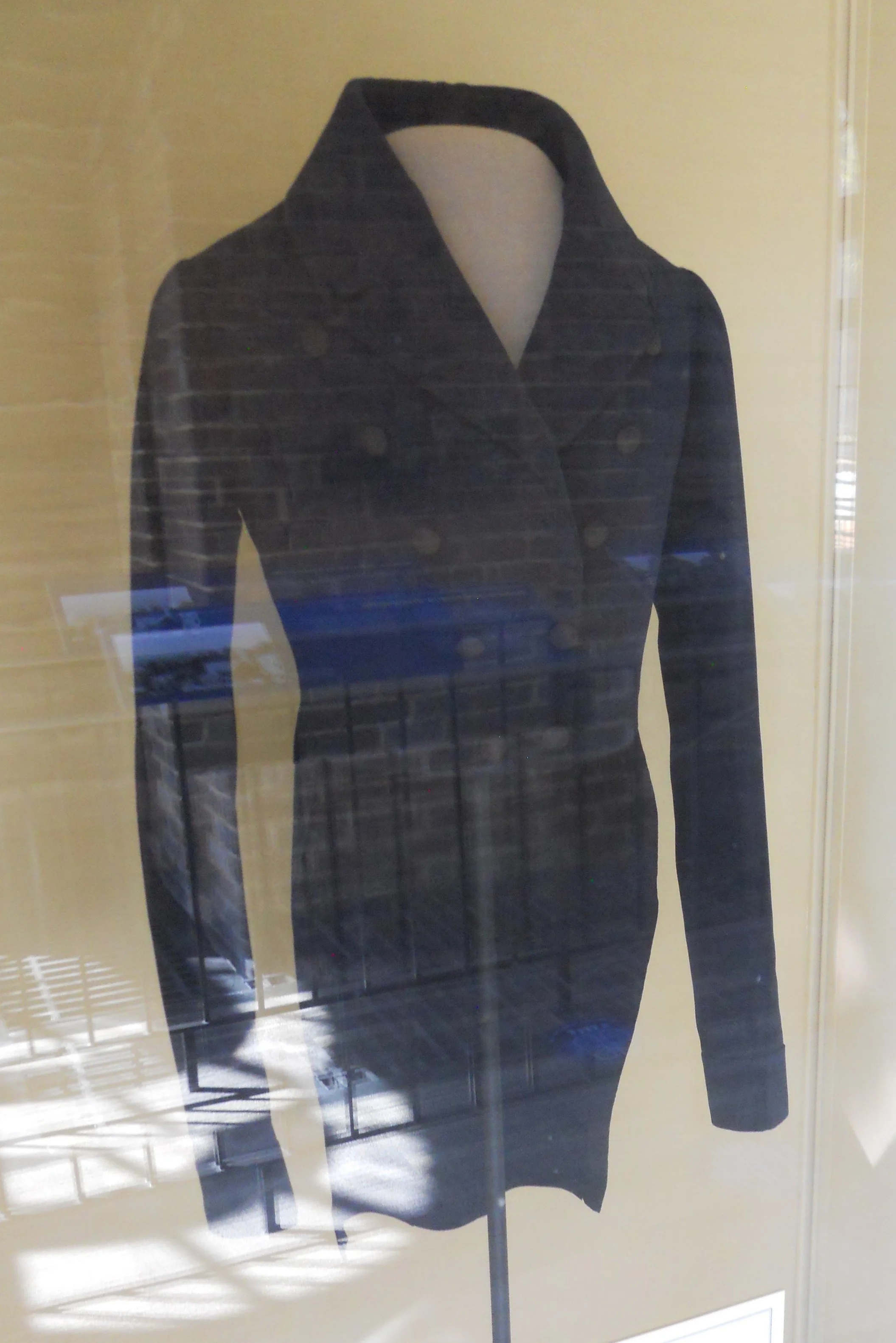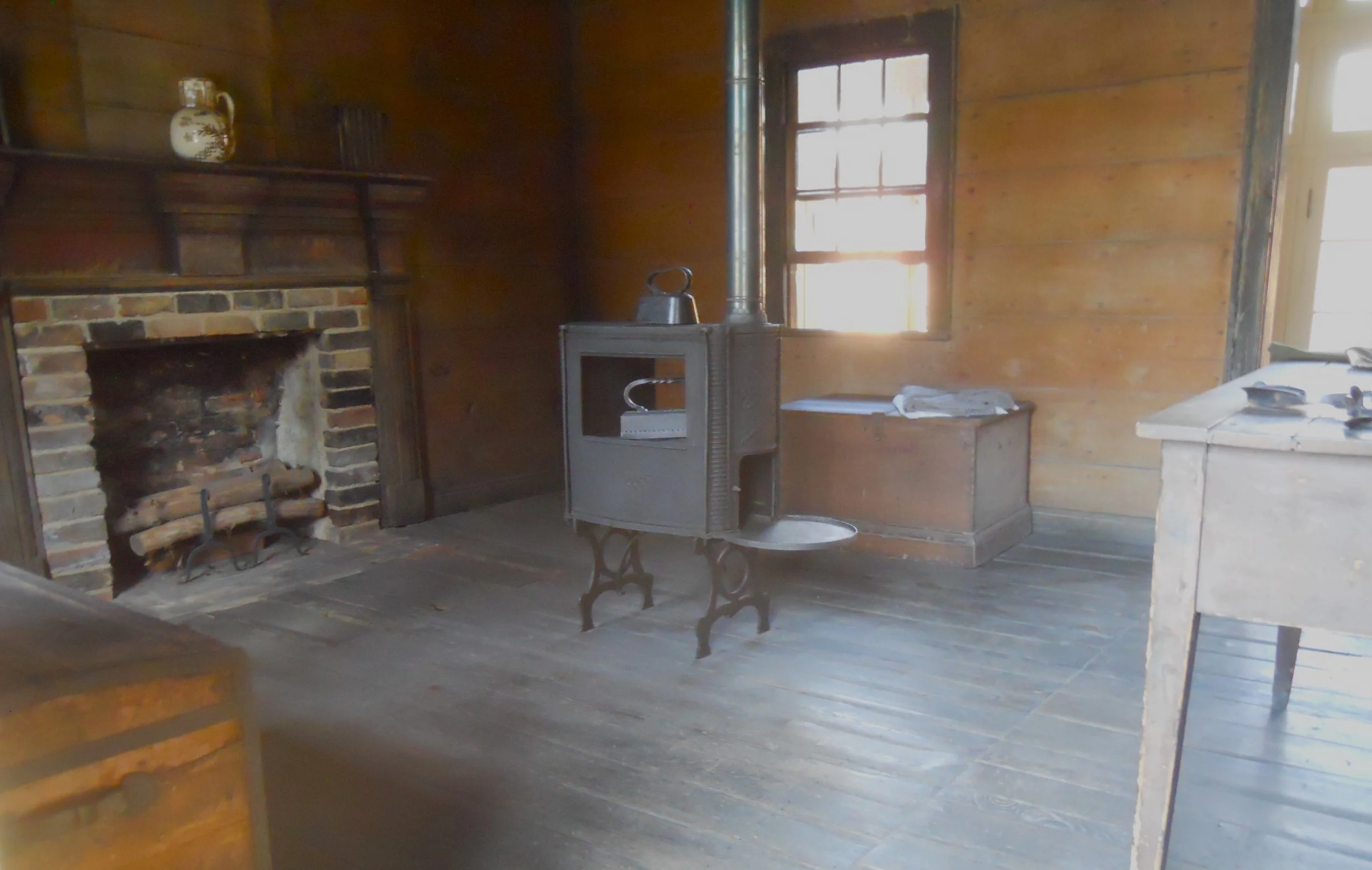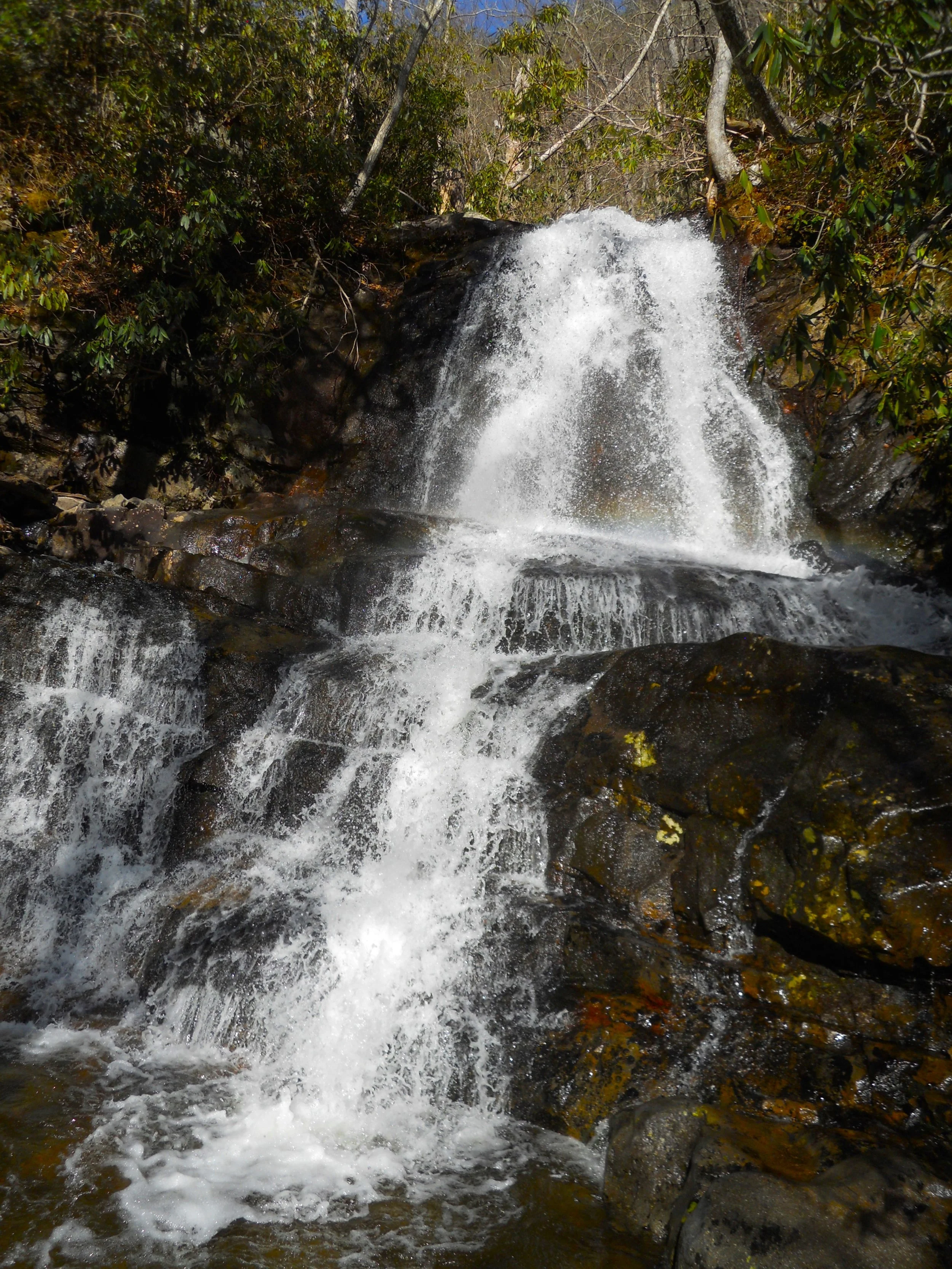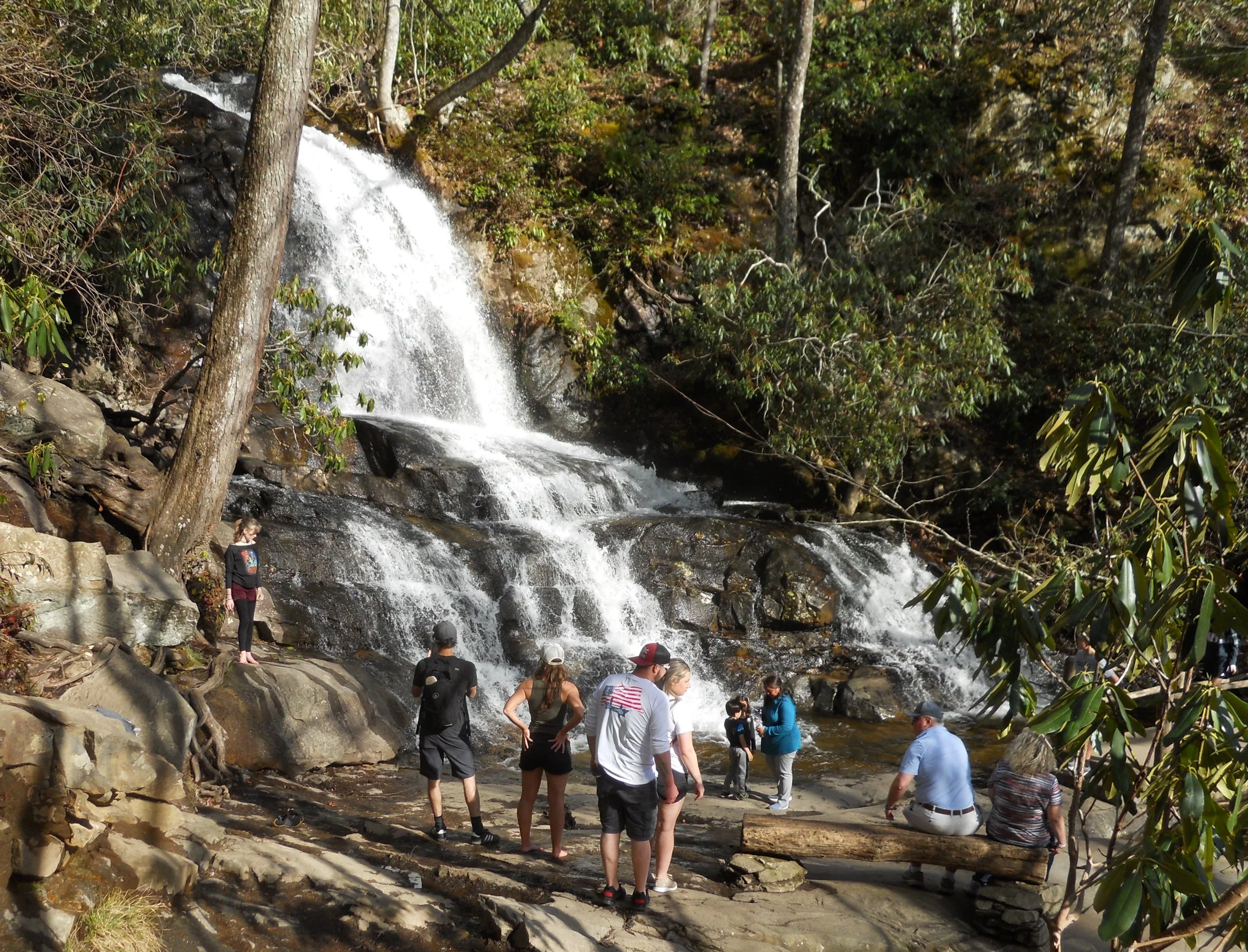DAY 4 (February 25) - Ocmulgee Mounds displays a number of mounds from the Mississippian Period, 900 CE. The Earthen Lodge is the oldest ceremonial lodge in America. It has an entrance which visitors can use to look inside the mound. The other mounds are closed to the public. The Great Temple Mound is the largest in the park. The park’s VC is a mix between native peoples and 1950’s modern art (the entrance and upper level is glass block).
The Union prisoners at Andersonville NHS endured unspeakable pain during captivity. No food, no clean water, etc. They had to use the clothes off their backs, with sticks, to make small tents for covering. These were called “Shebangs”.
There are four “Stockade” boundary markers. Each of the states which had soldiers incarcerated, erected monuments (Wisconsin is in the one photo). The National Cemetery has one of my favorite sculptures of all the National Parks. The verse at the bottom reads, “Turn you to the stronghold, ye prisoners of hope.” The only fresh water in the prison came from Providence Spring (photo).
Jimmy Carter NHS had plenty of activity today, people all over the town. His boyhood home is closed, so I toured his school and the town’s train depot. The list of accomplishments Mr. Carter achieved after he left the White House will probably never be matched by any U.S. President. He was involved with his church (taught Sunday School), promoted Habitat for Humanity (a large quilt was presented to him on his 75th birthday, autographed by many famous people), wrote books, painted, joined peace delegations (he received the 2002 Nobel Peace Prize), etc. The train depot where he kicked off his presidential campaign is still used today. The town of Plains, the state of Georgia, and all the world, love and respect the Carters for what they have done for humanity.
Dr. Martin Luther King Jr. was a good friend of Jimmy Carter. He also won the Nobel Peace Prize, in 1964, at the age of 35… at the time the youngest ever. His birthhome can be toured, as well as the fire station at the end of the block (the first to have African-American fire fighters).
The Civil Rights Walk of Fame (photo) is located on the backside of the VC. Each year a new class of recipients is honored. The first class was in 2004.
Across the street from the VC is where Dr. King and his wife, Coretta Scott King, have been laid to rest. An eternal flame flickers close by, symbolizing hope will never die.
“We will not be satisfied until Justice rolls down like water and Righteous like a mighty stream.”
